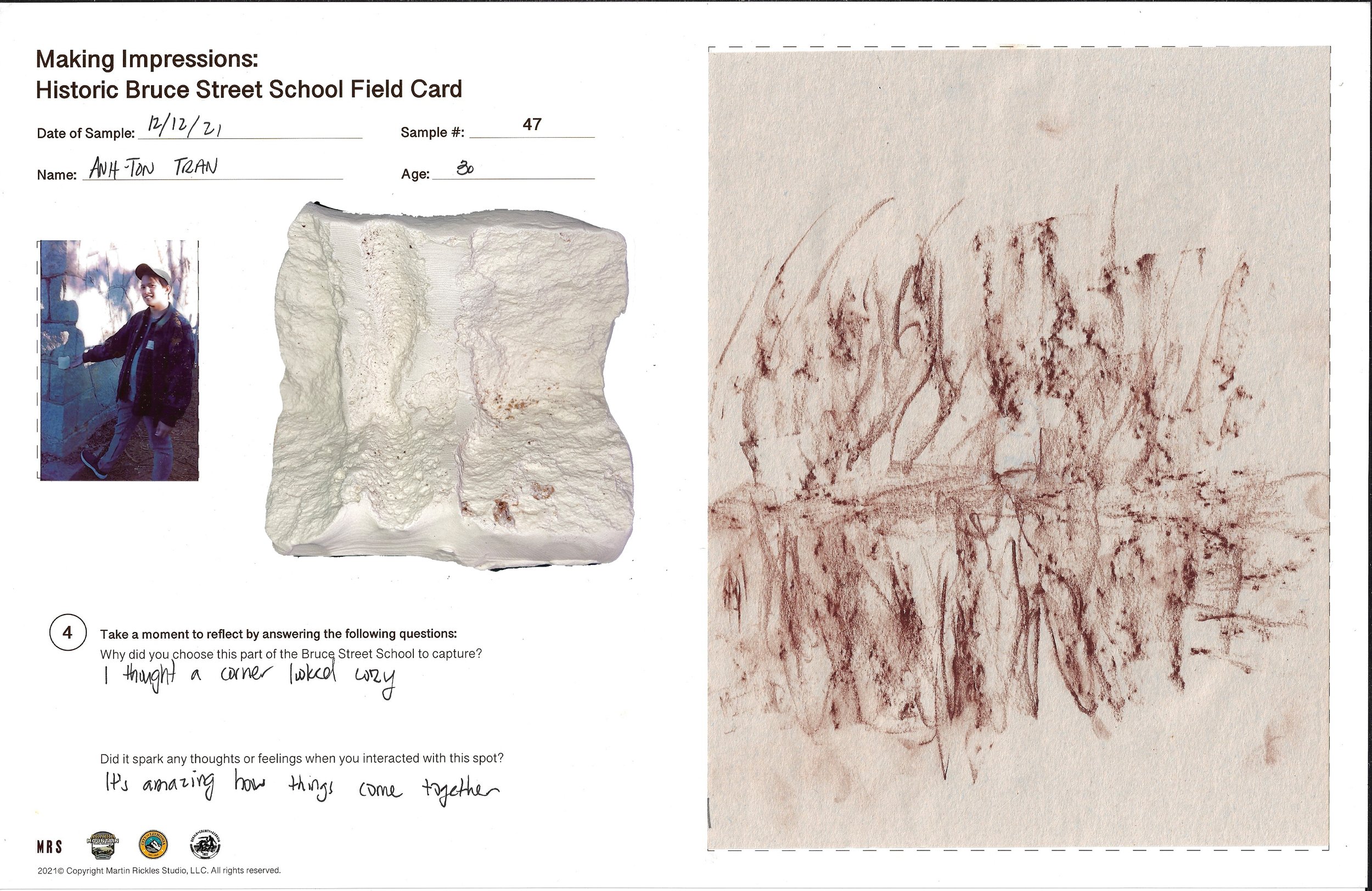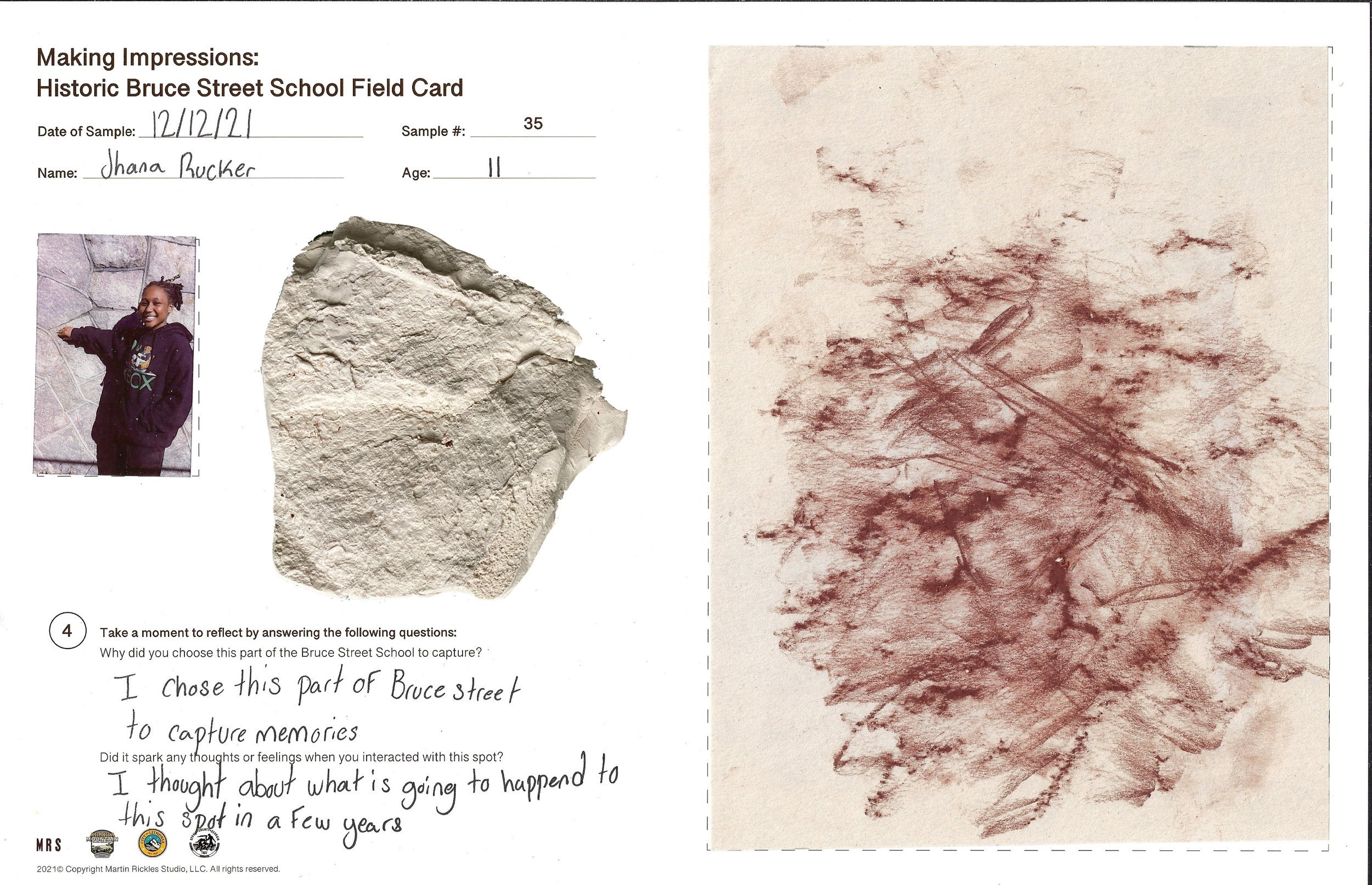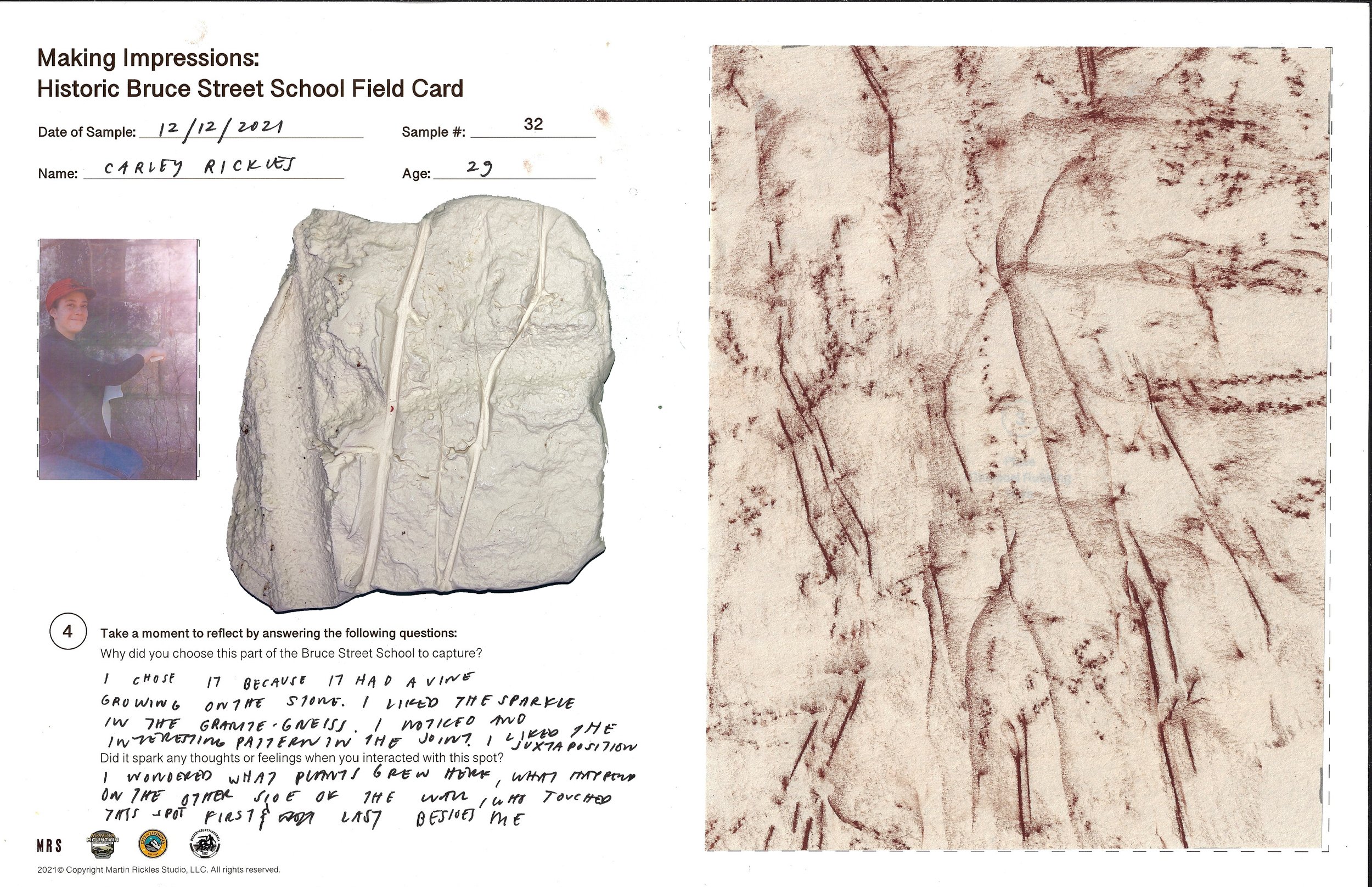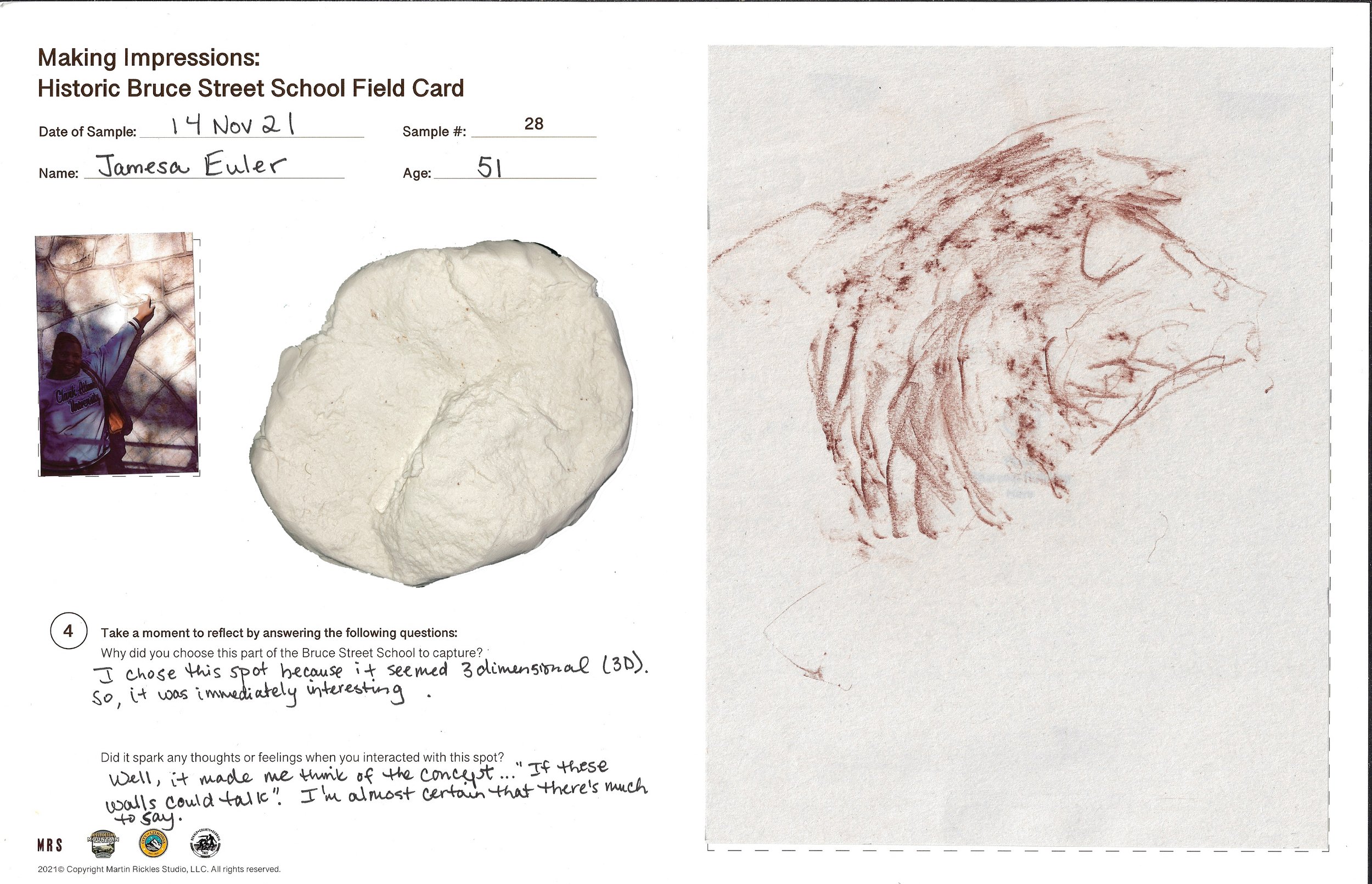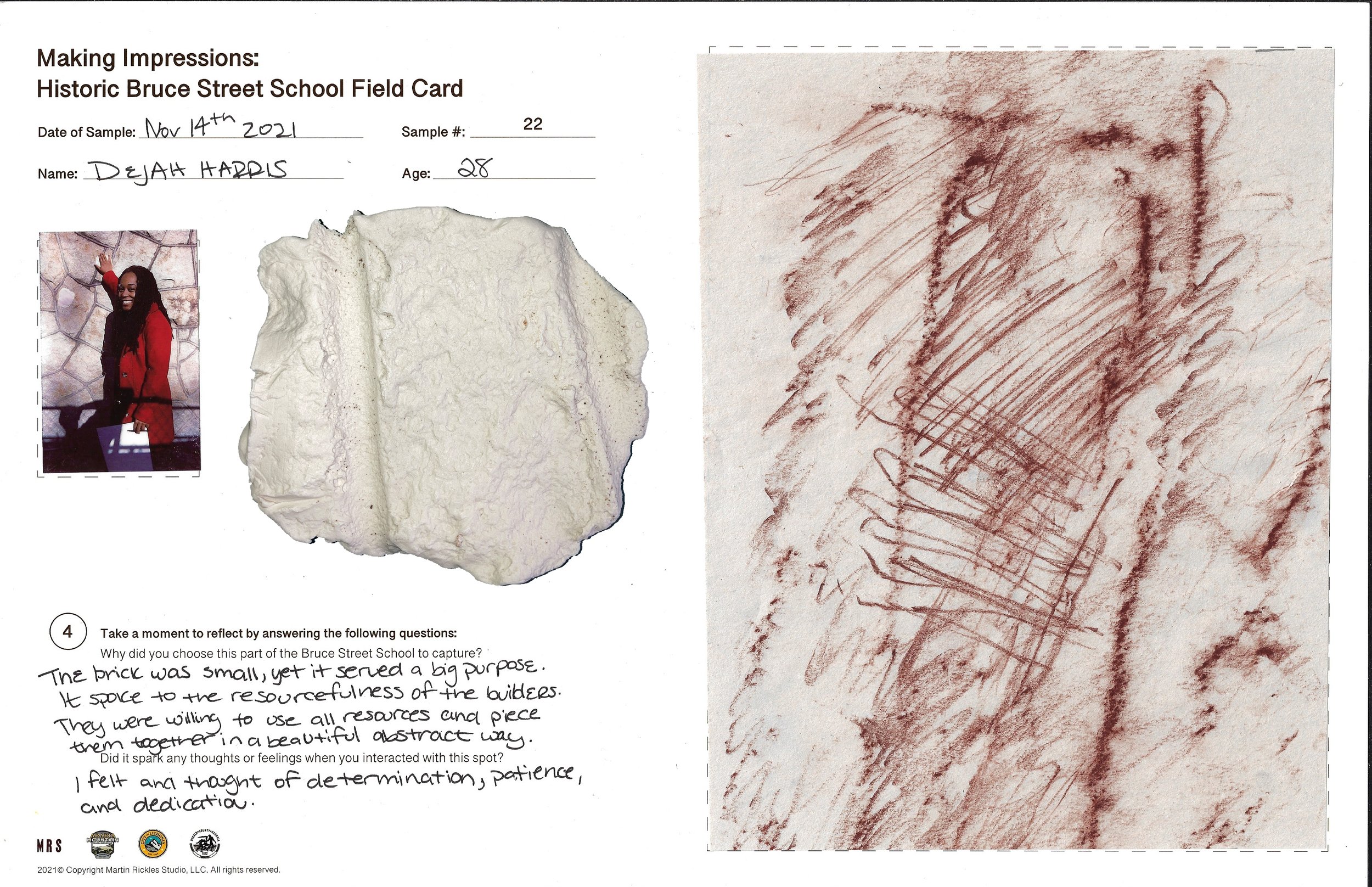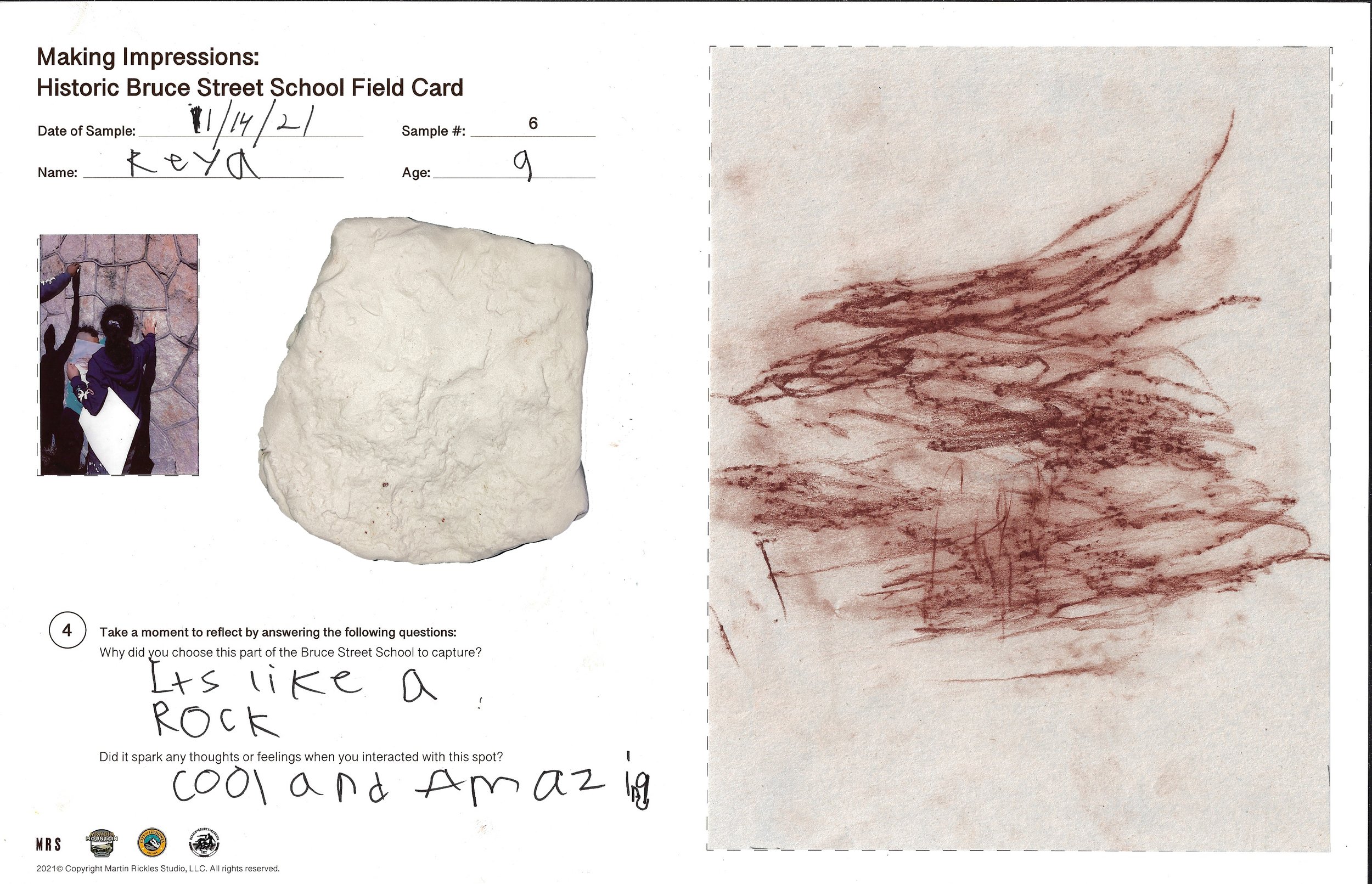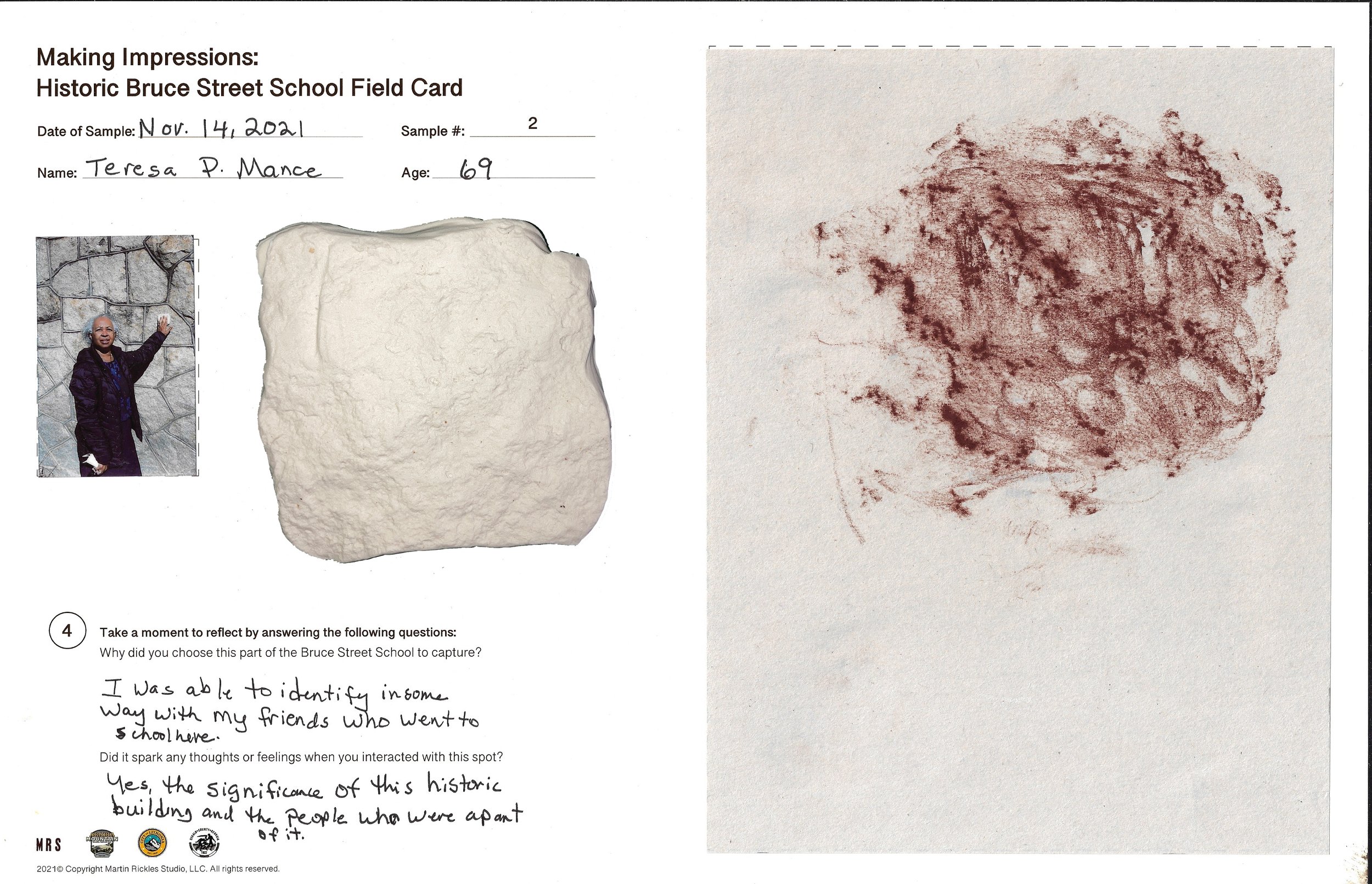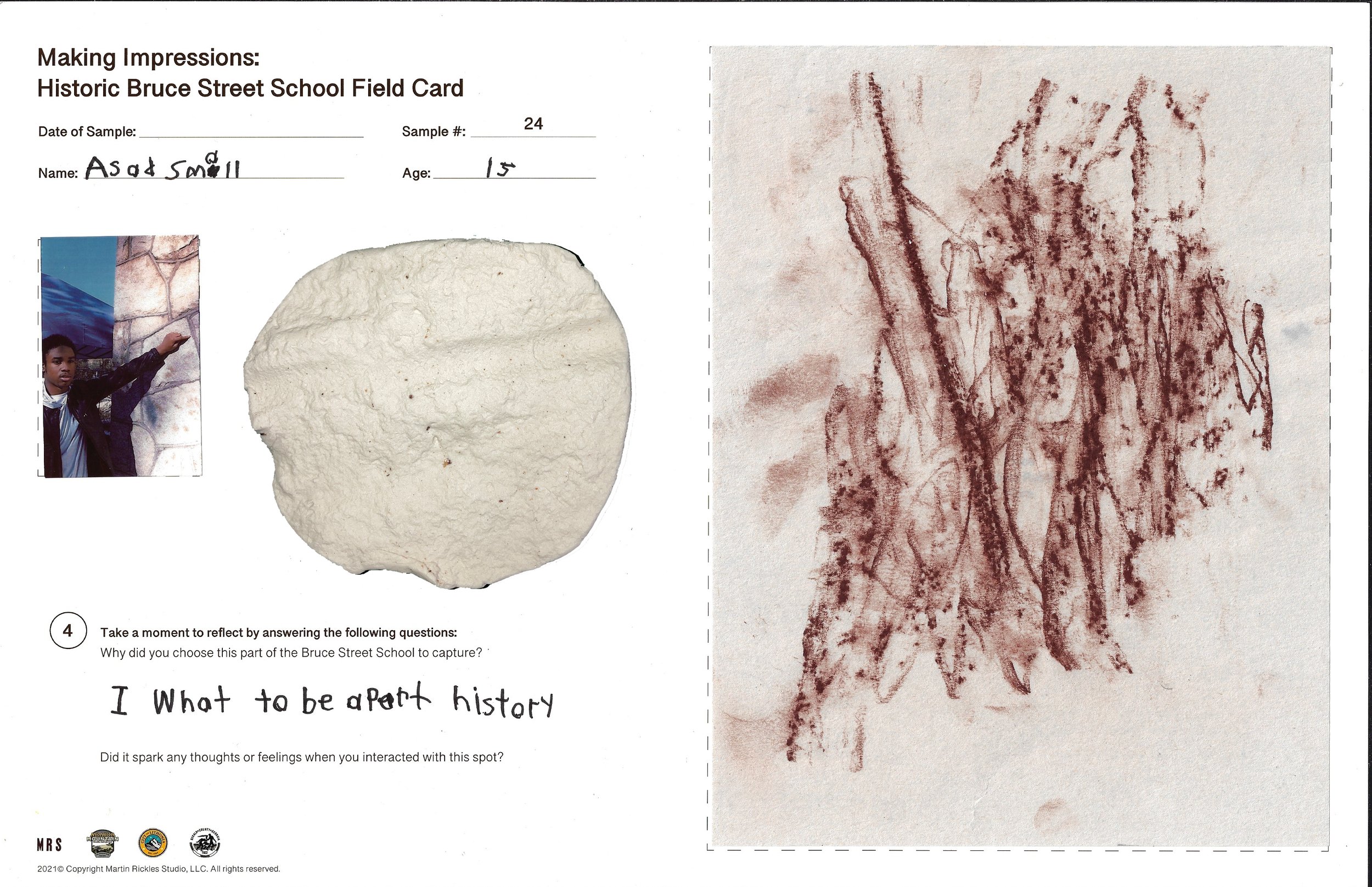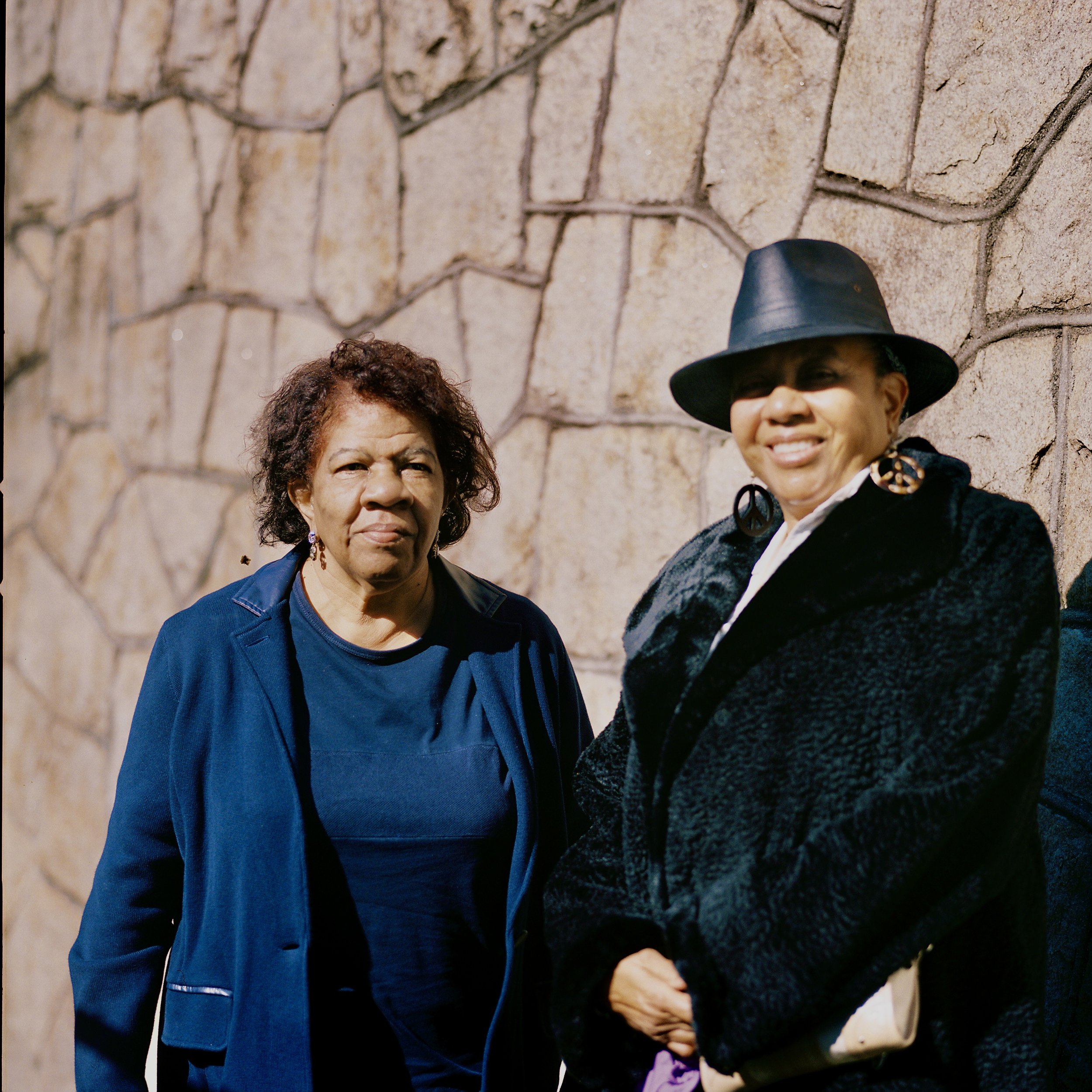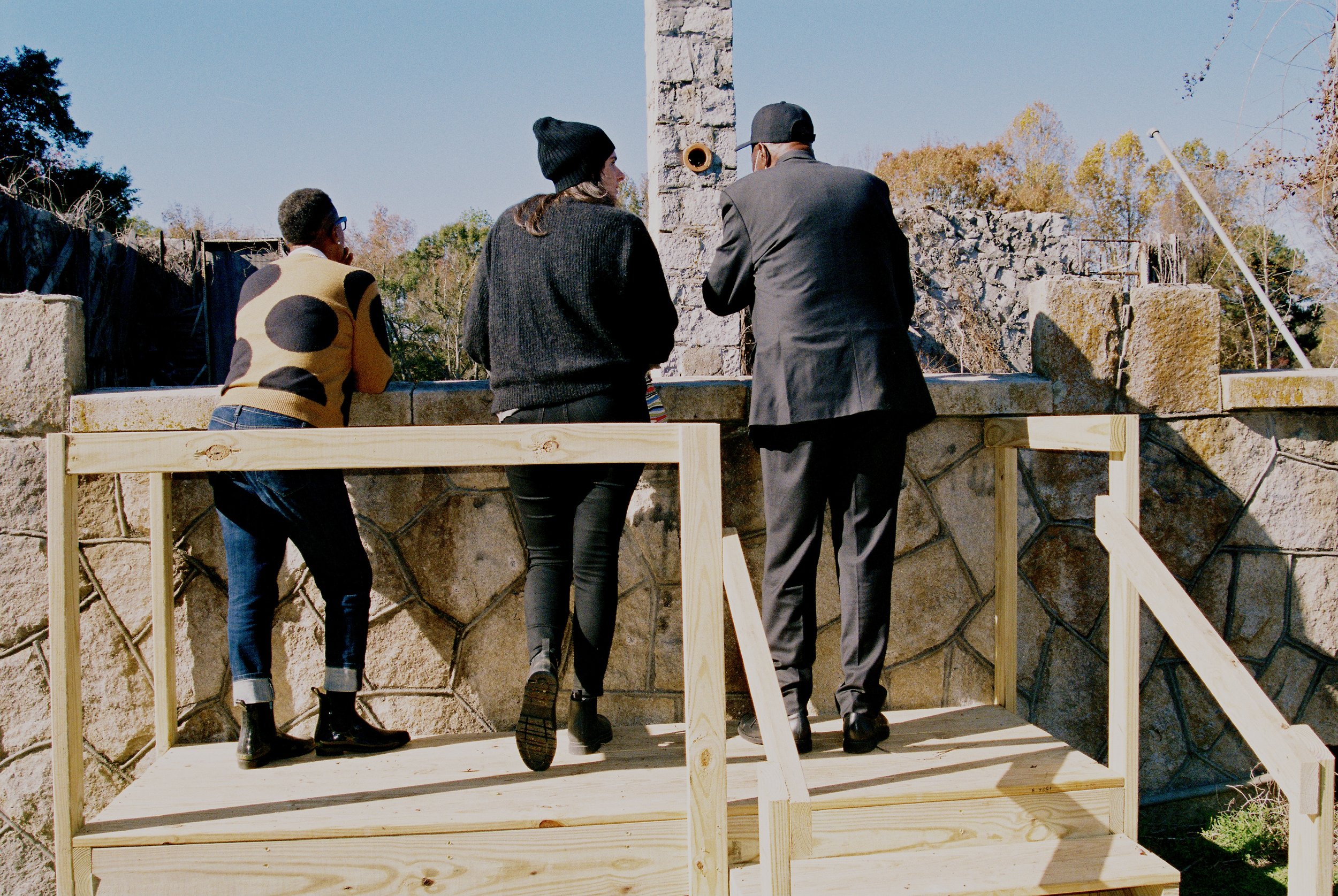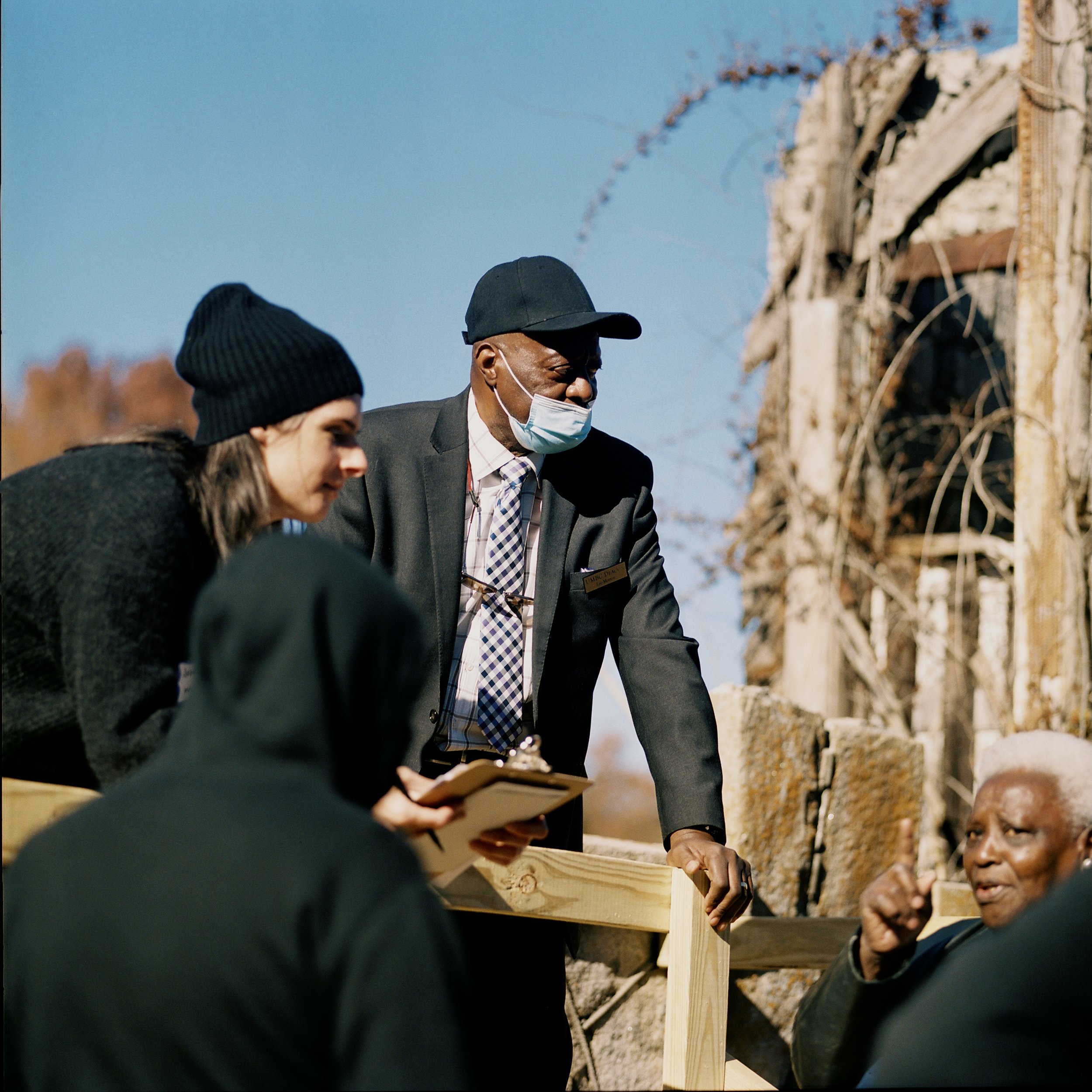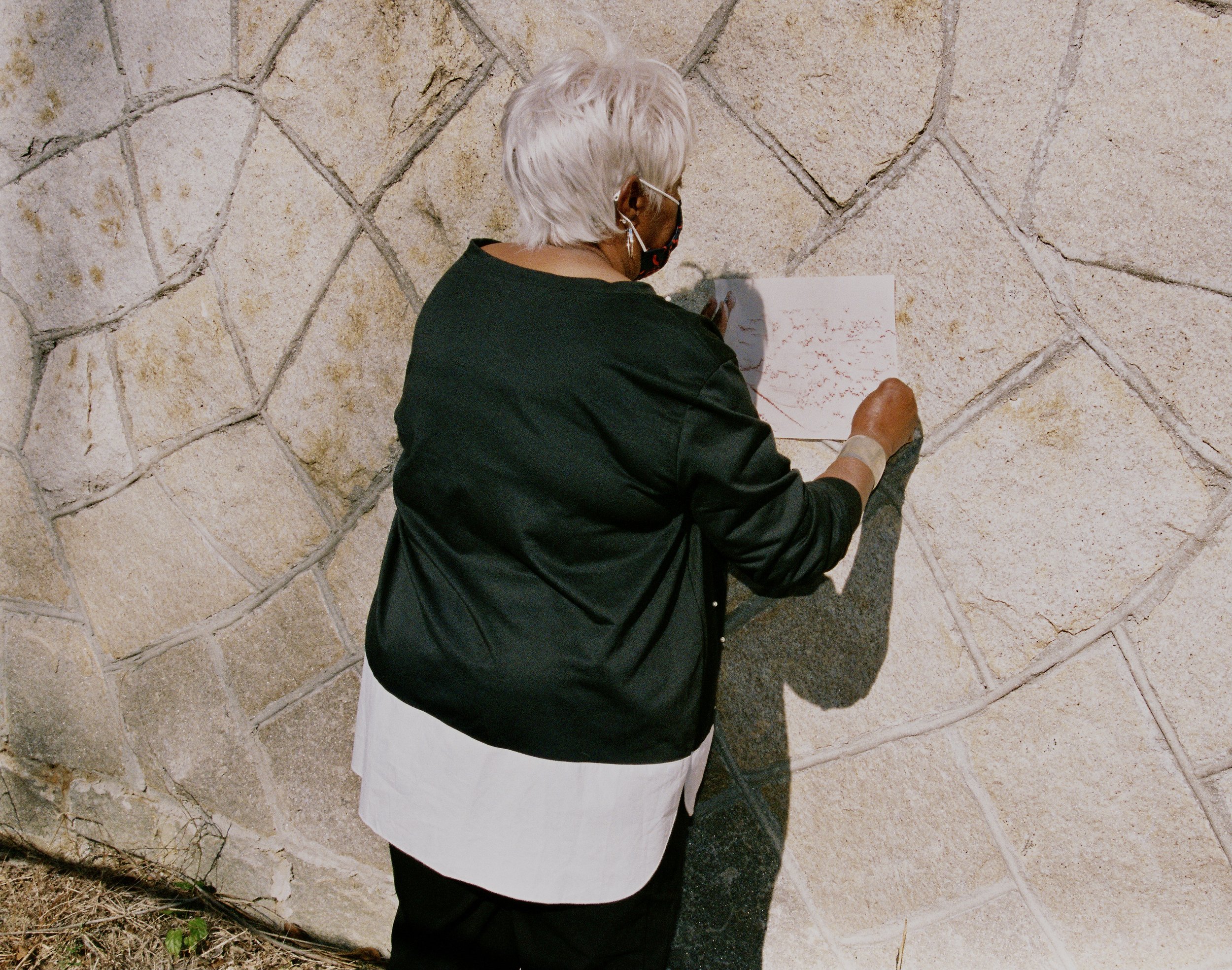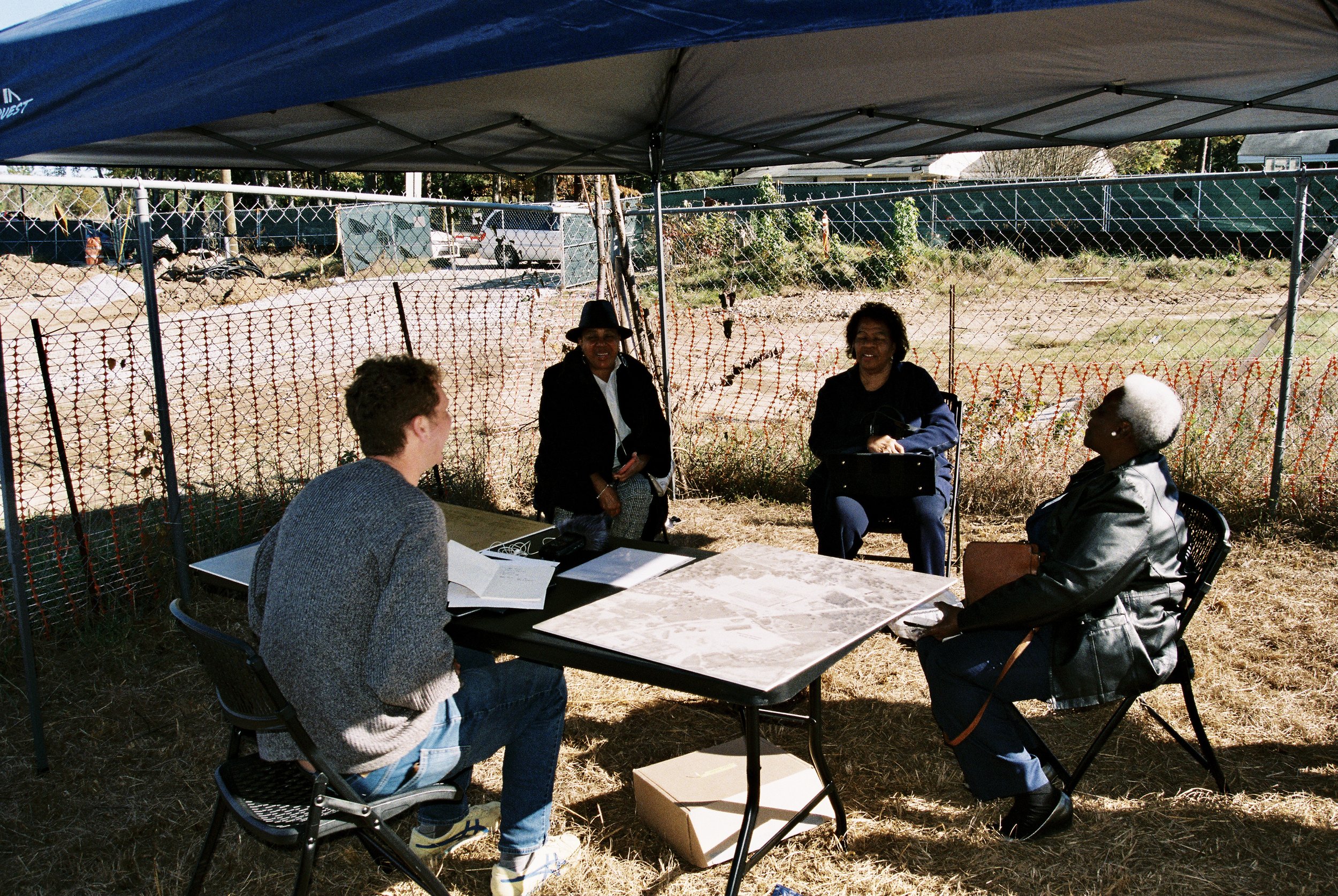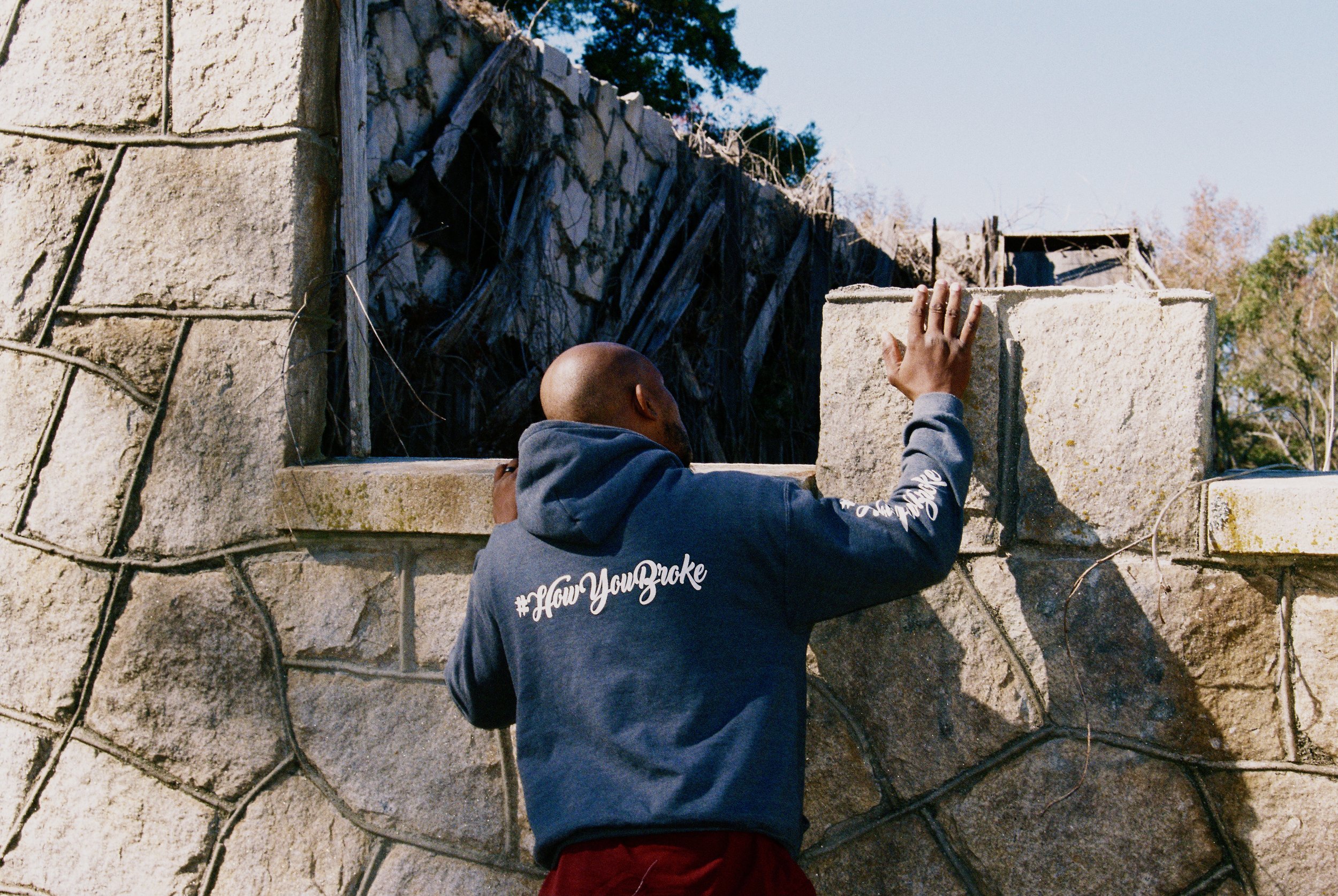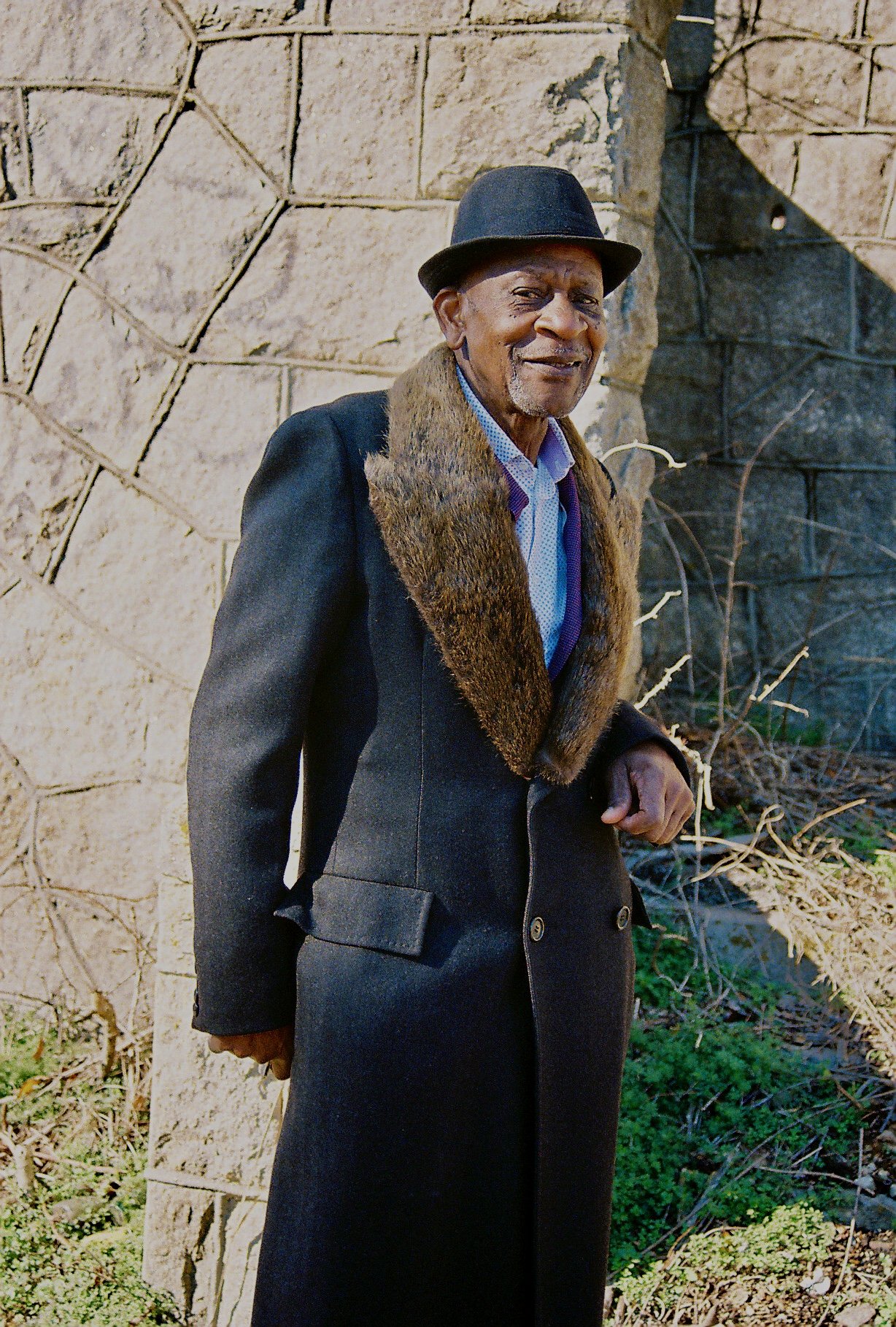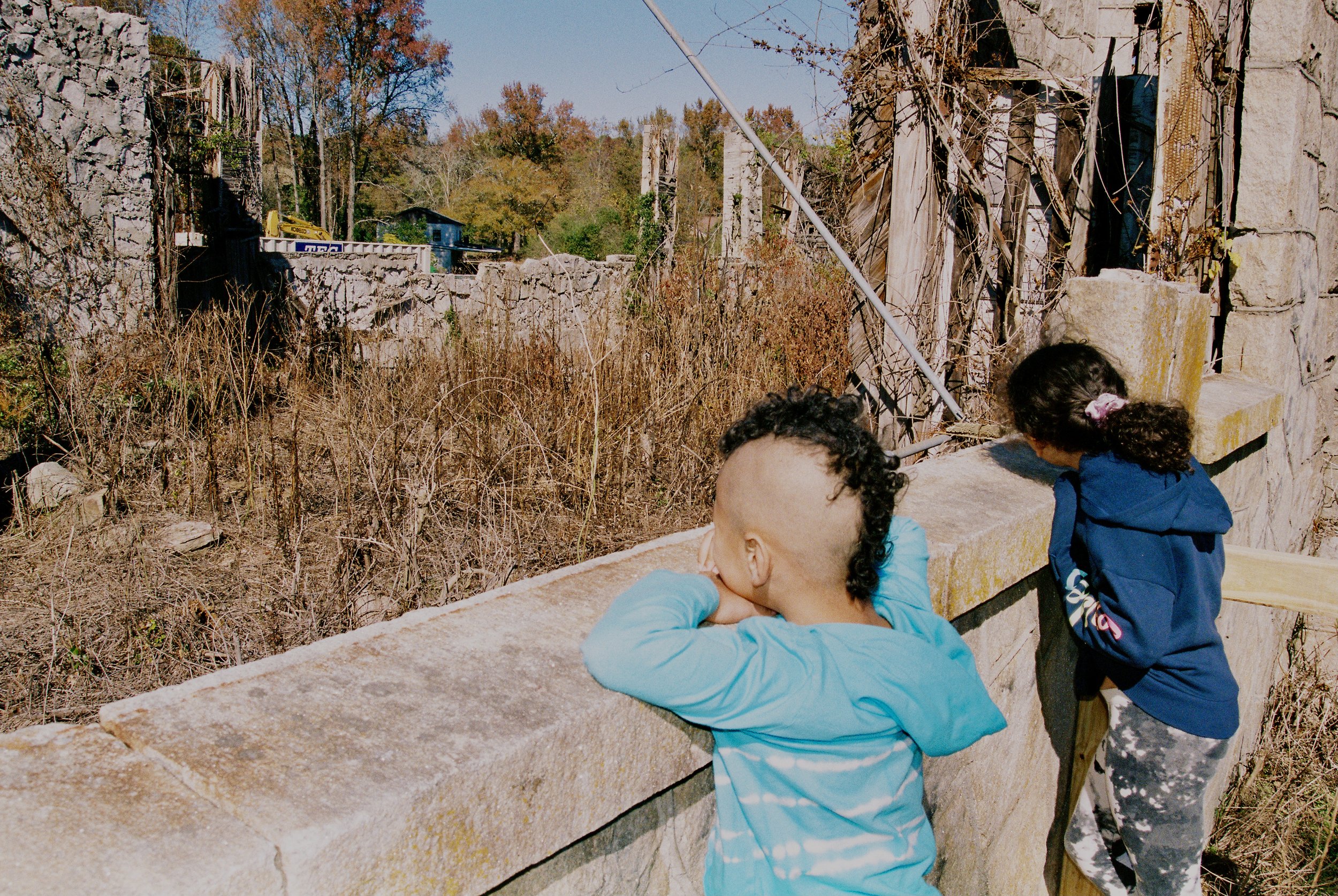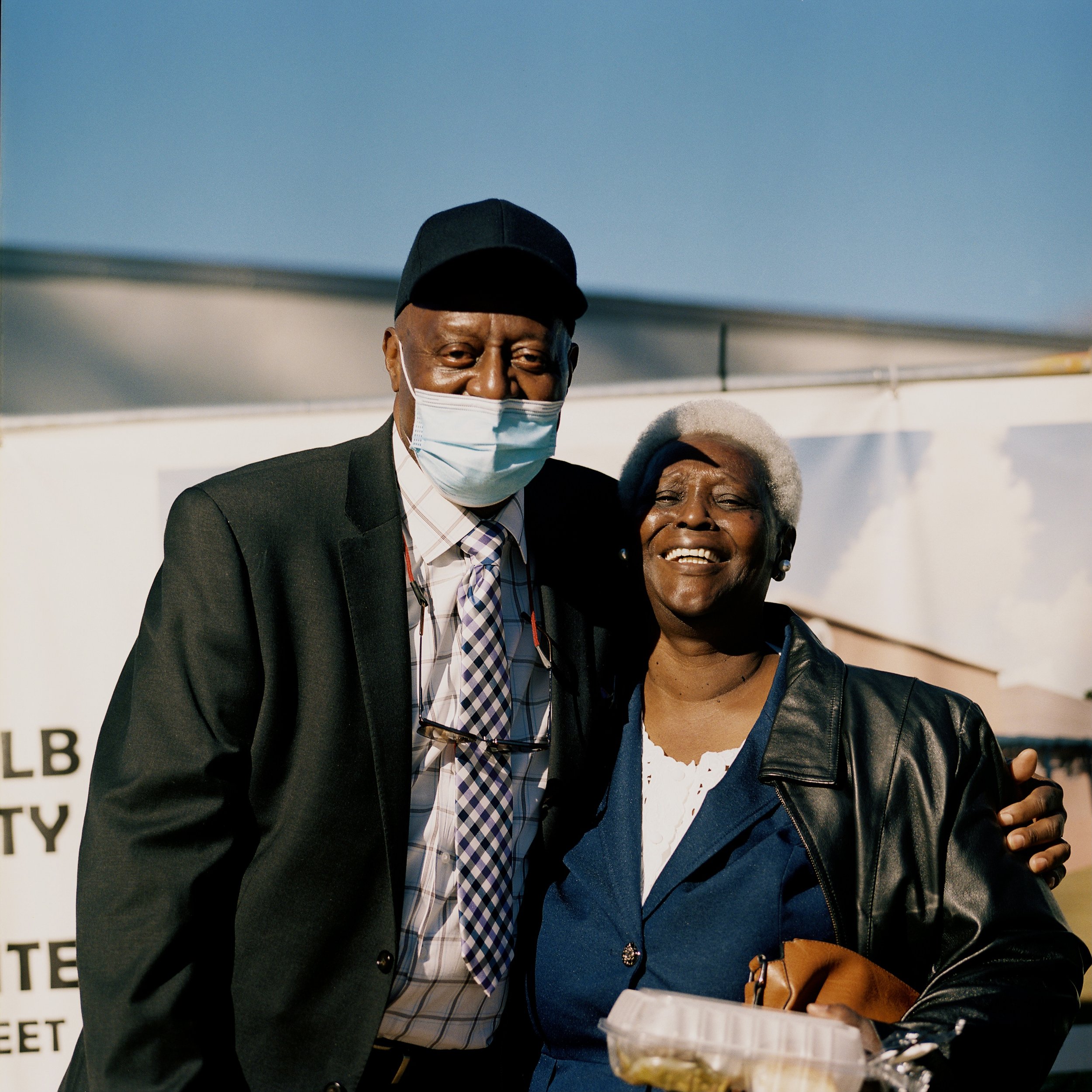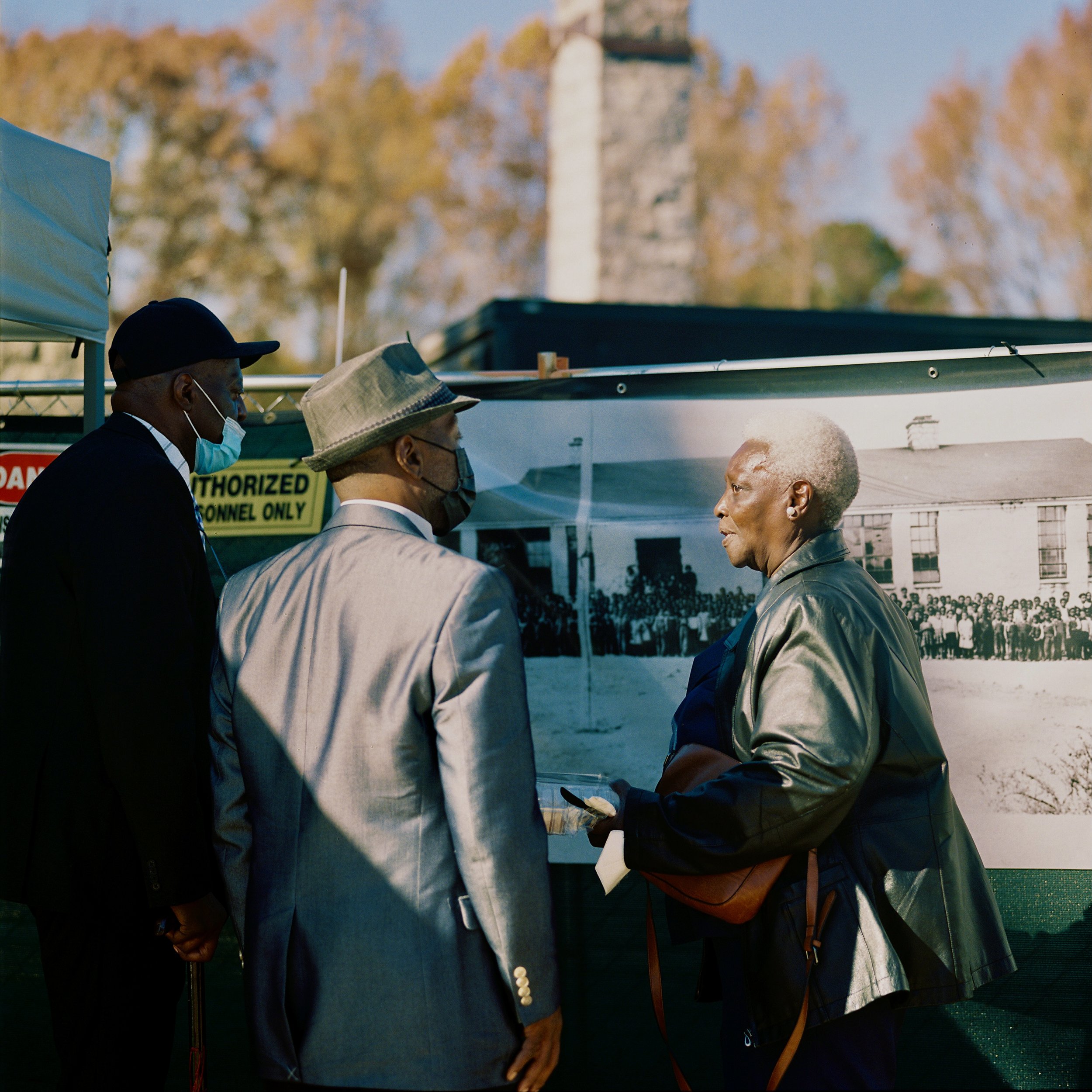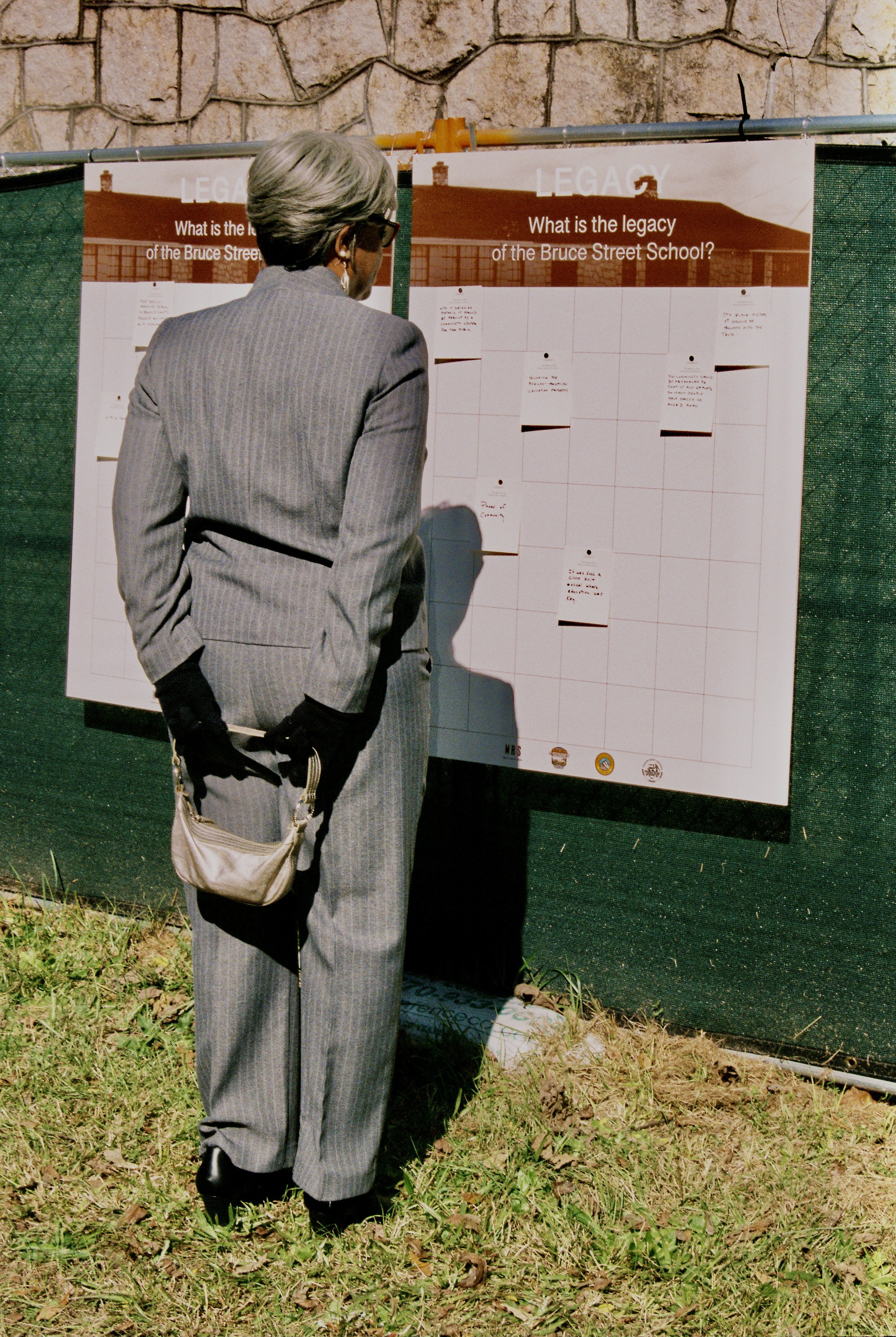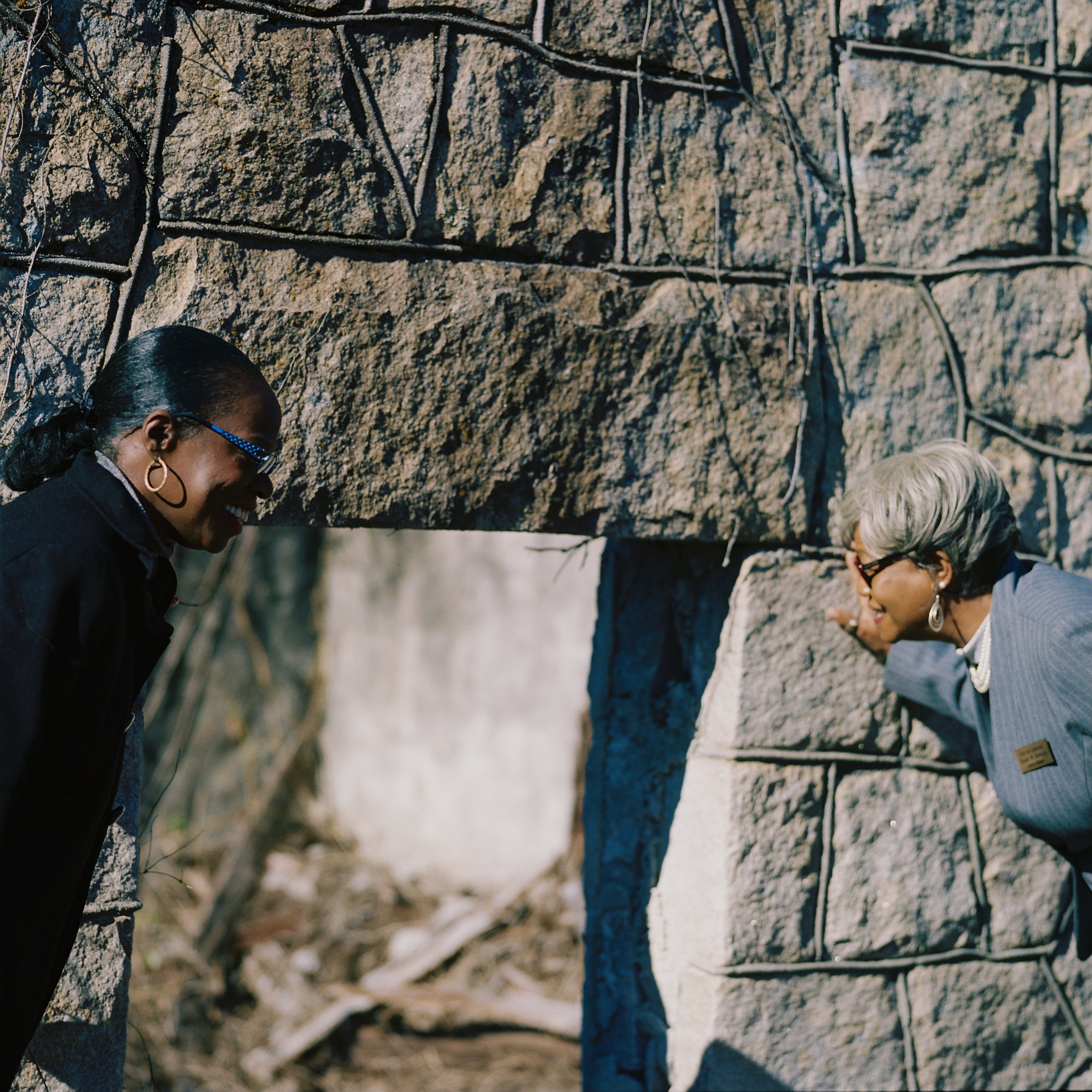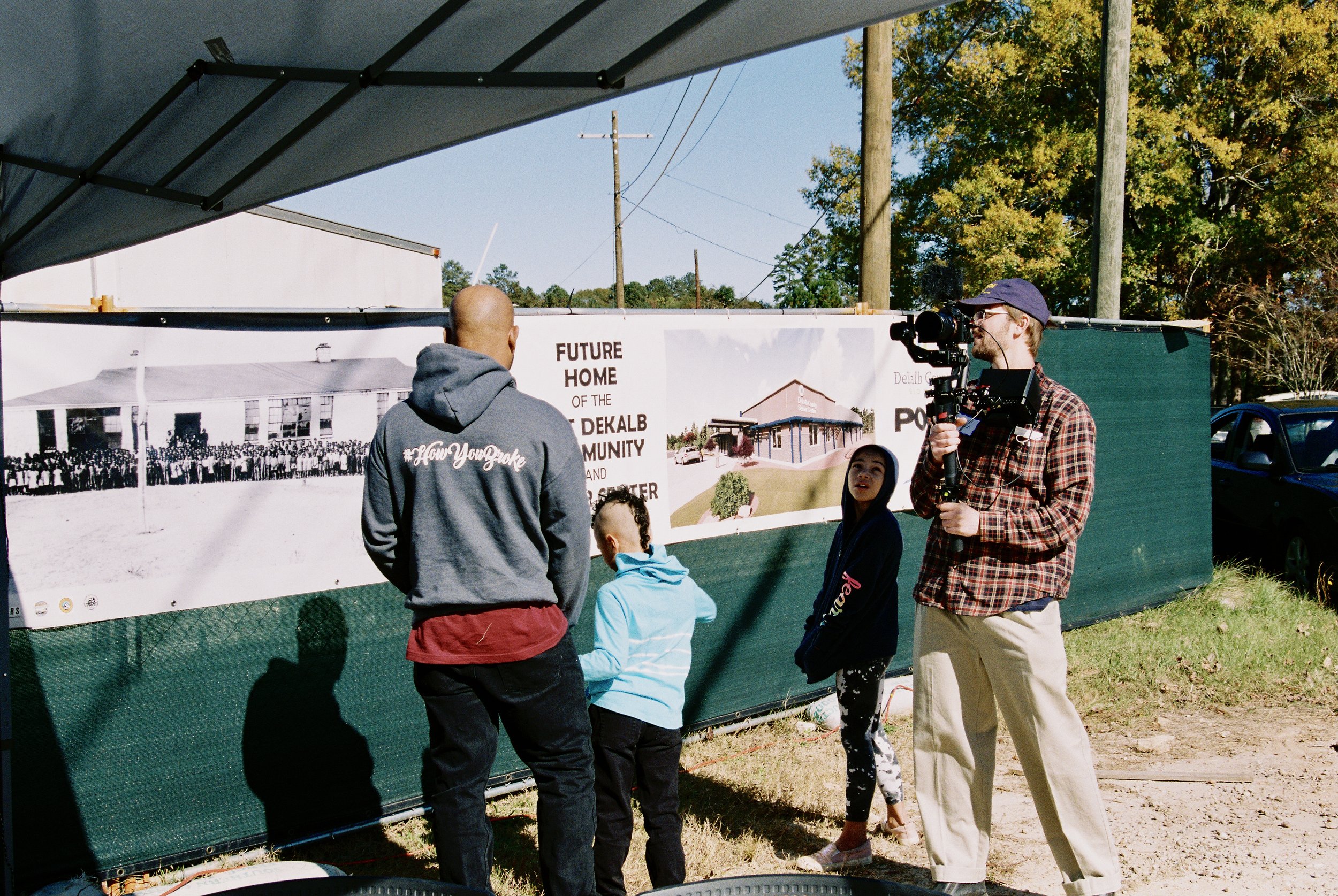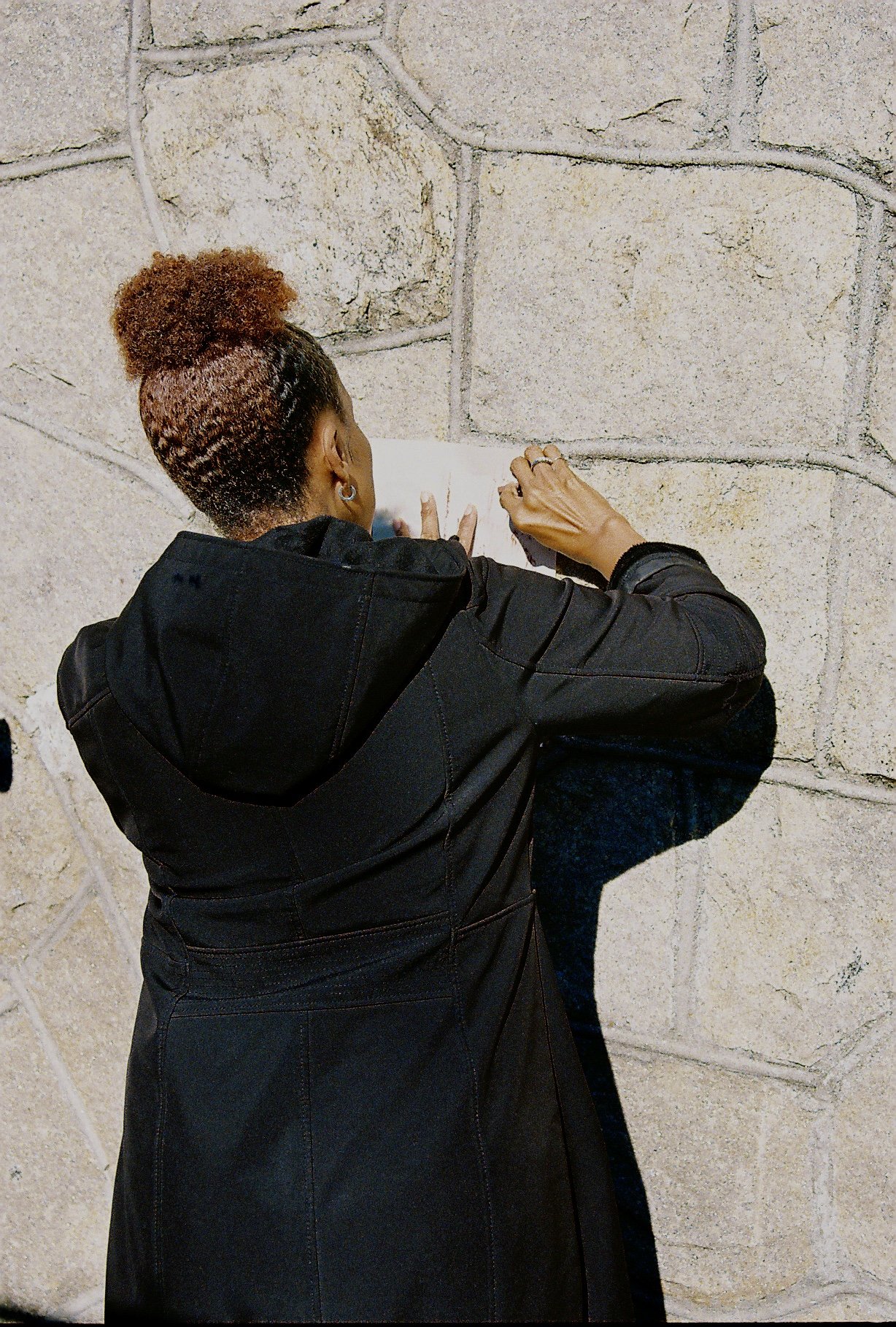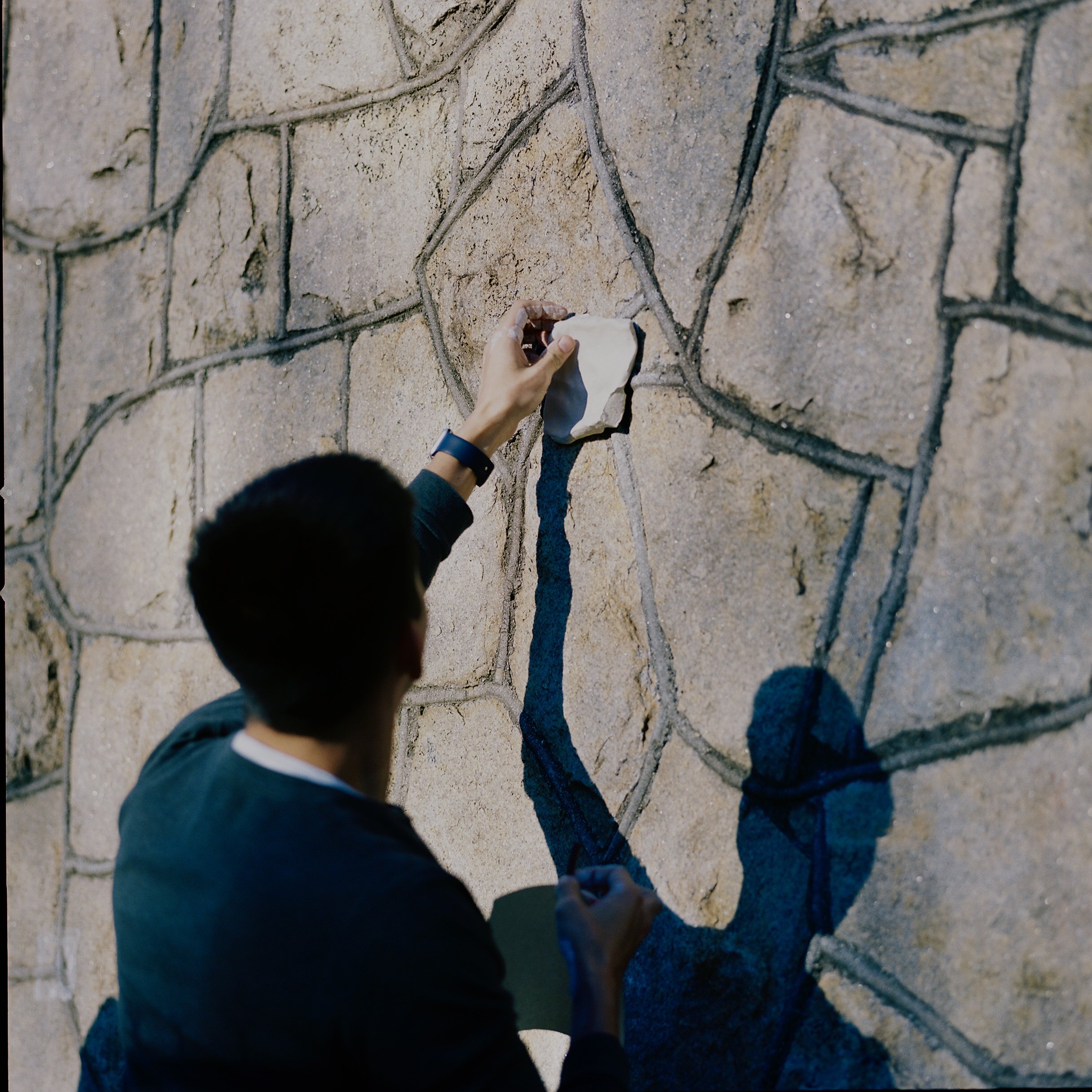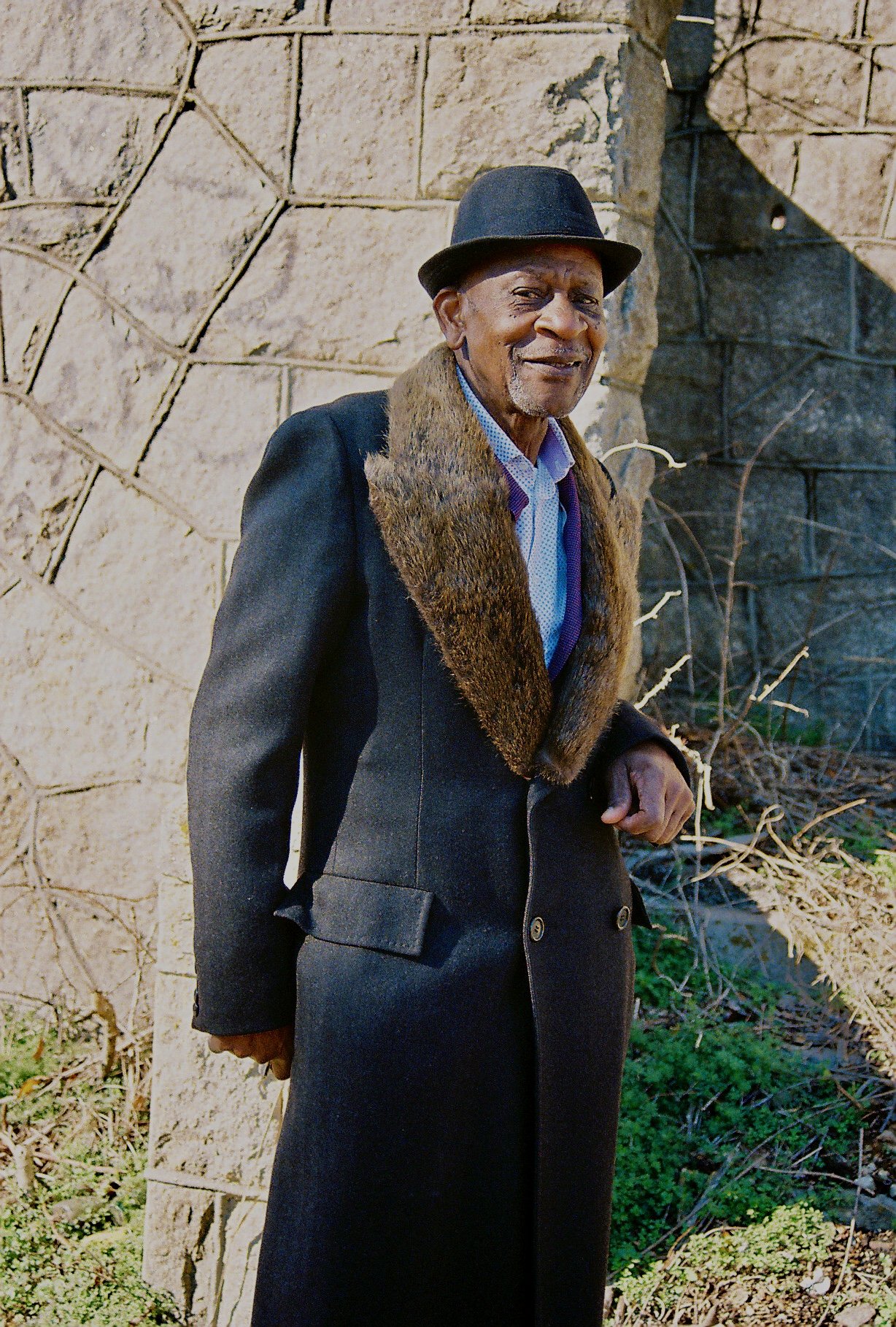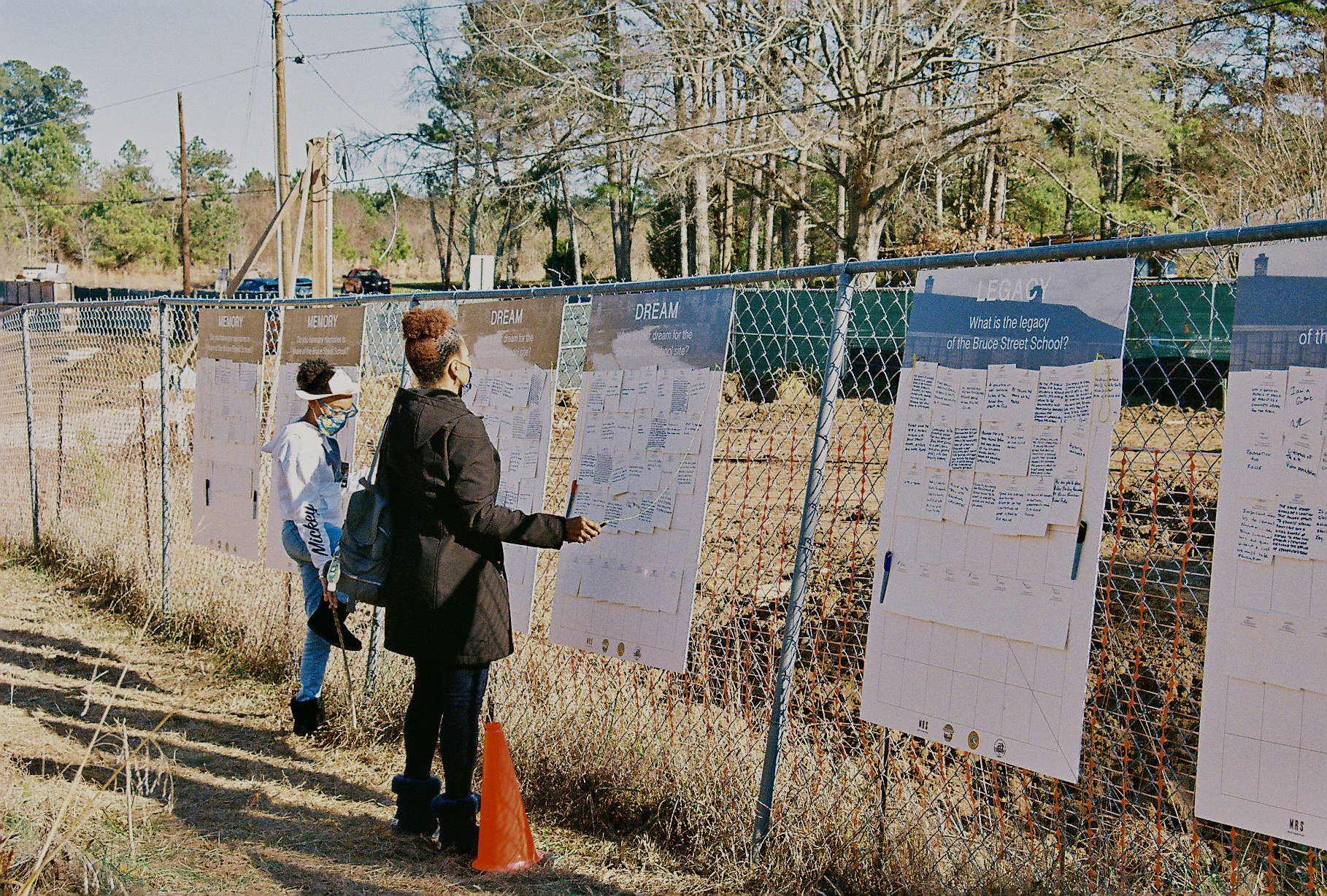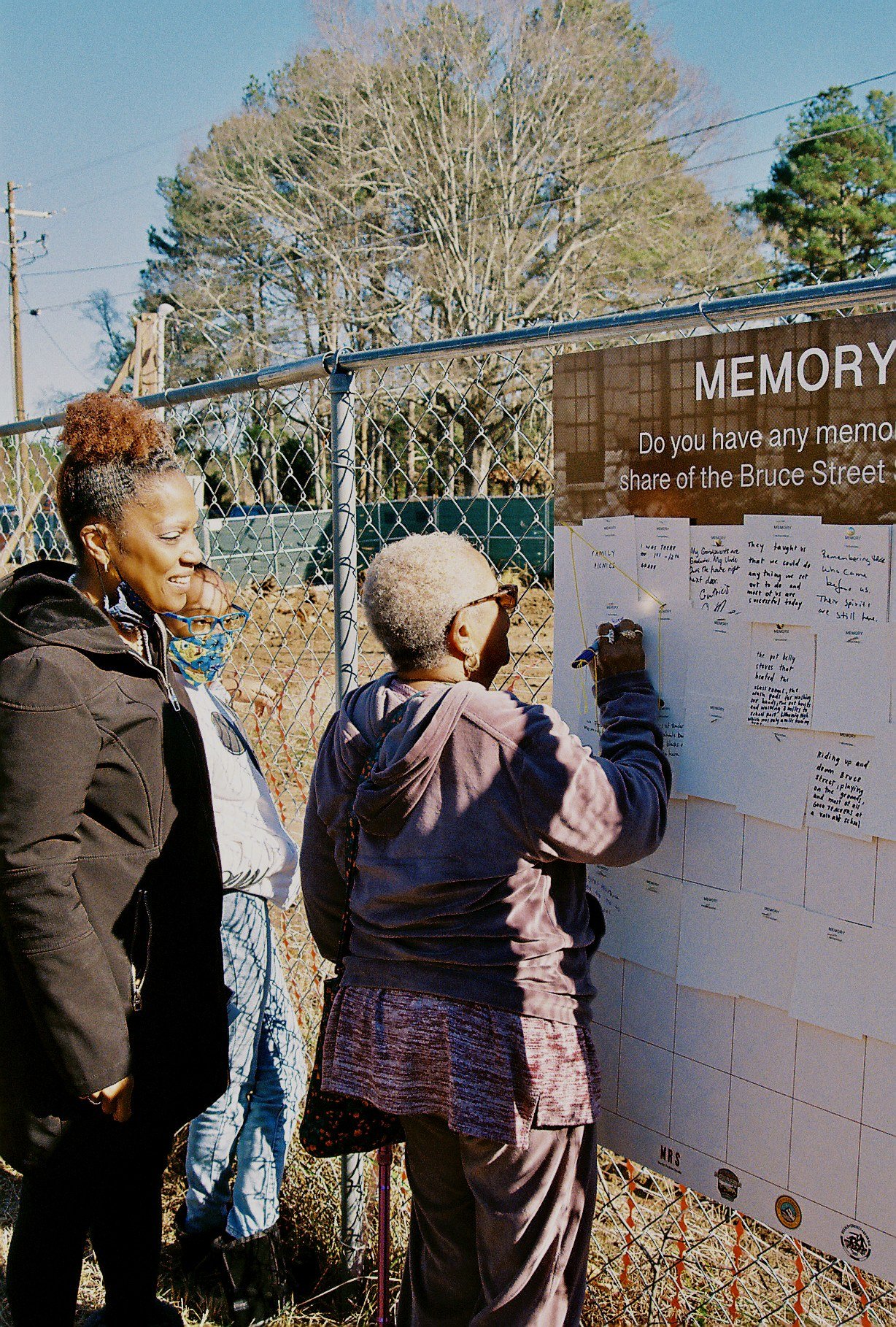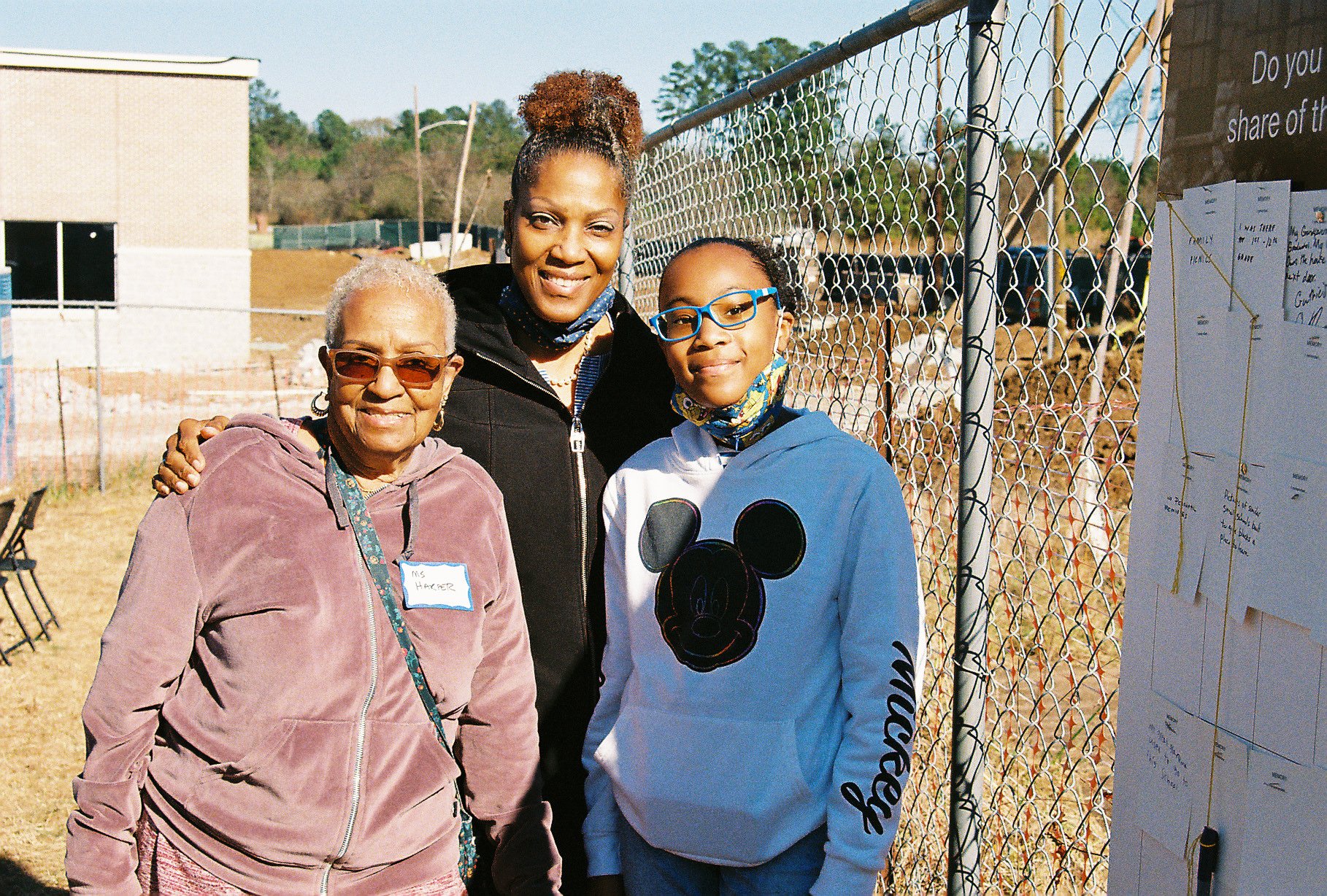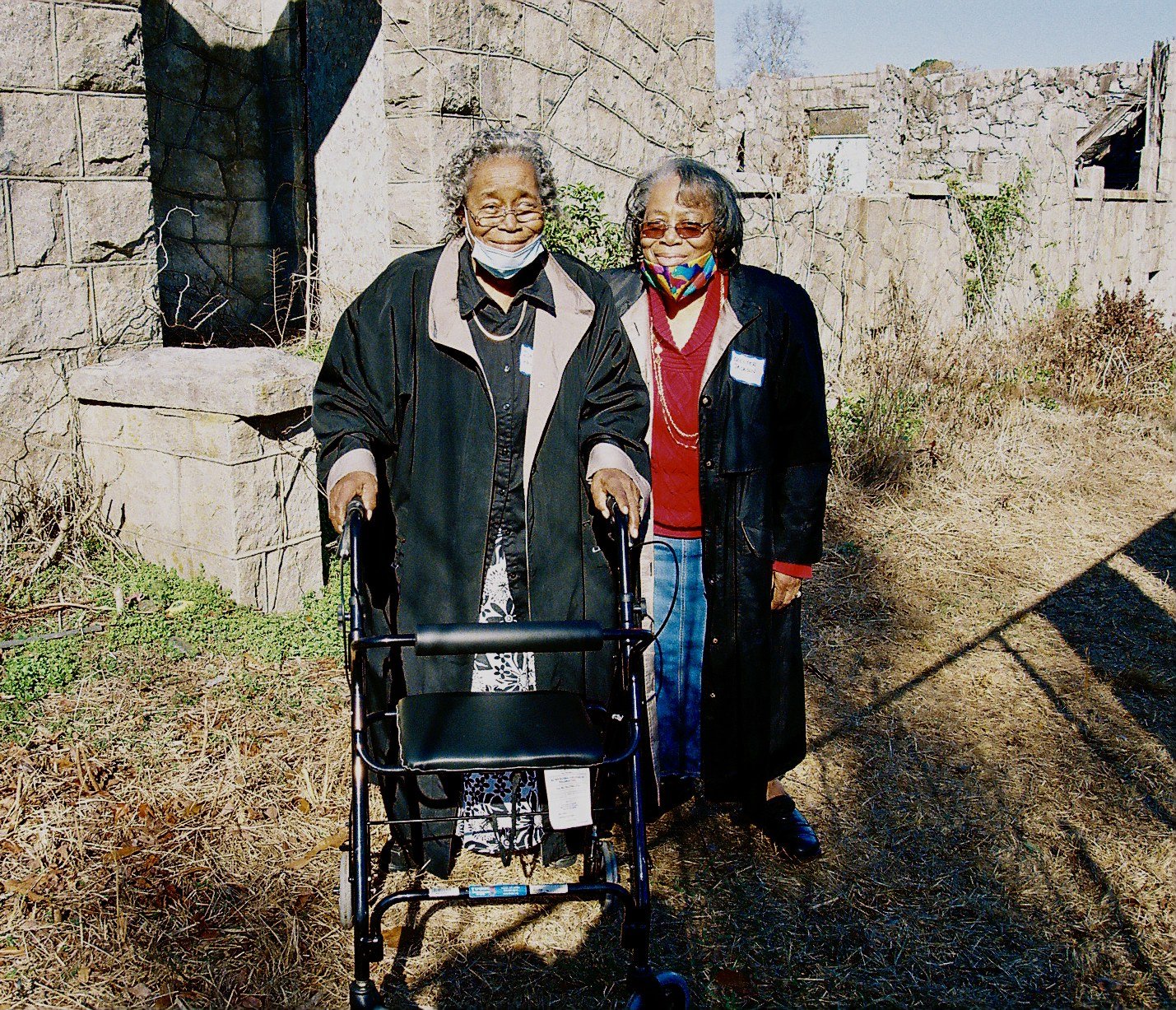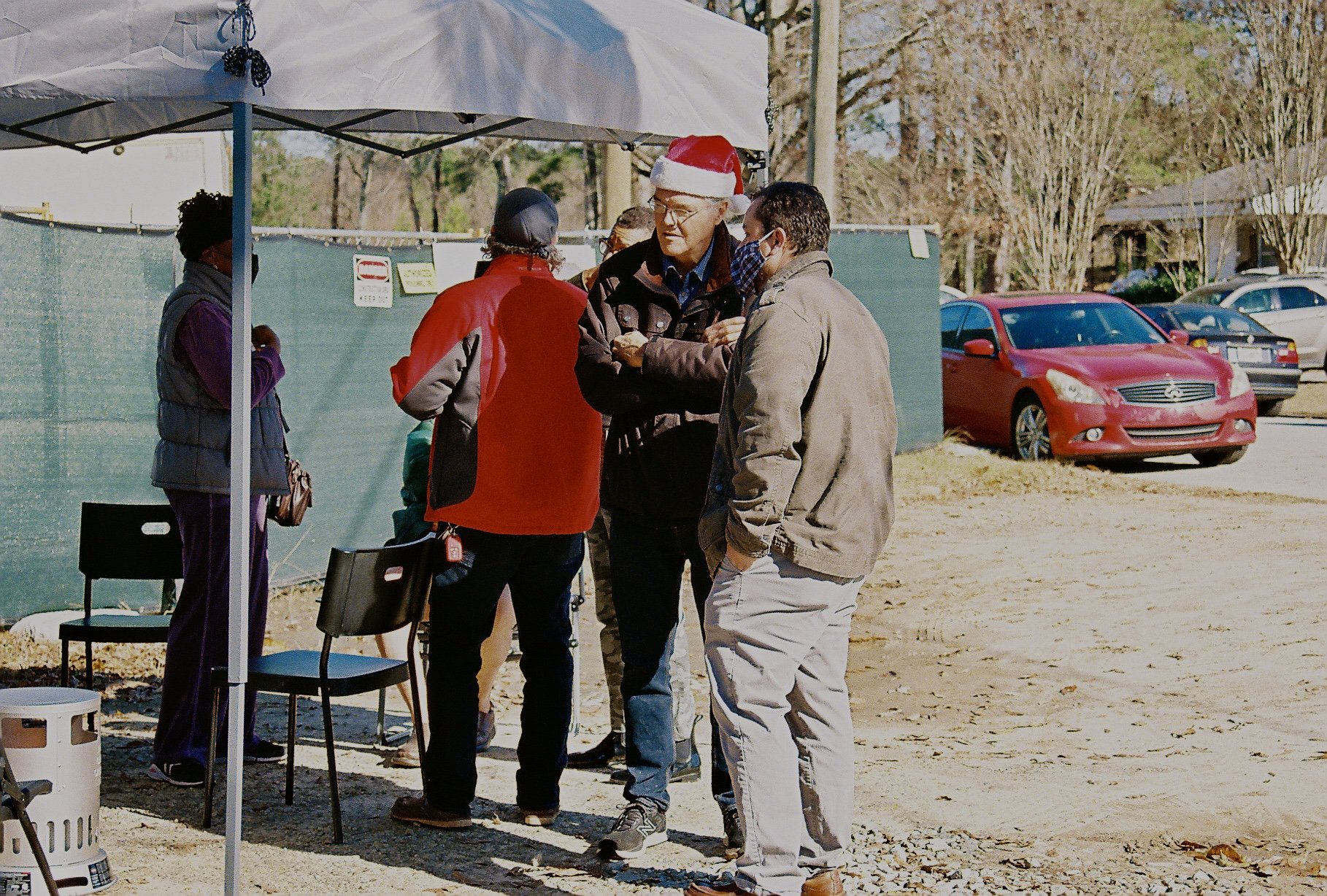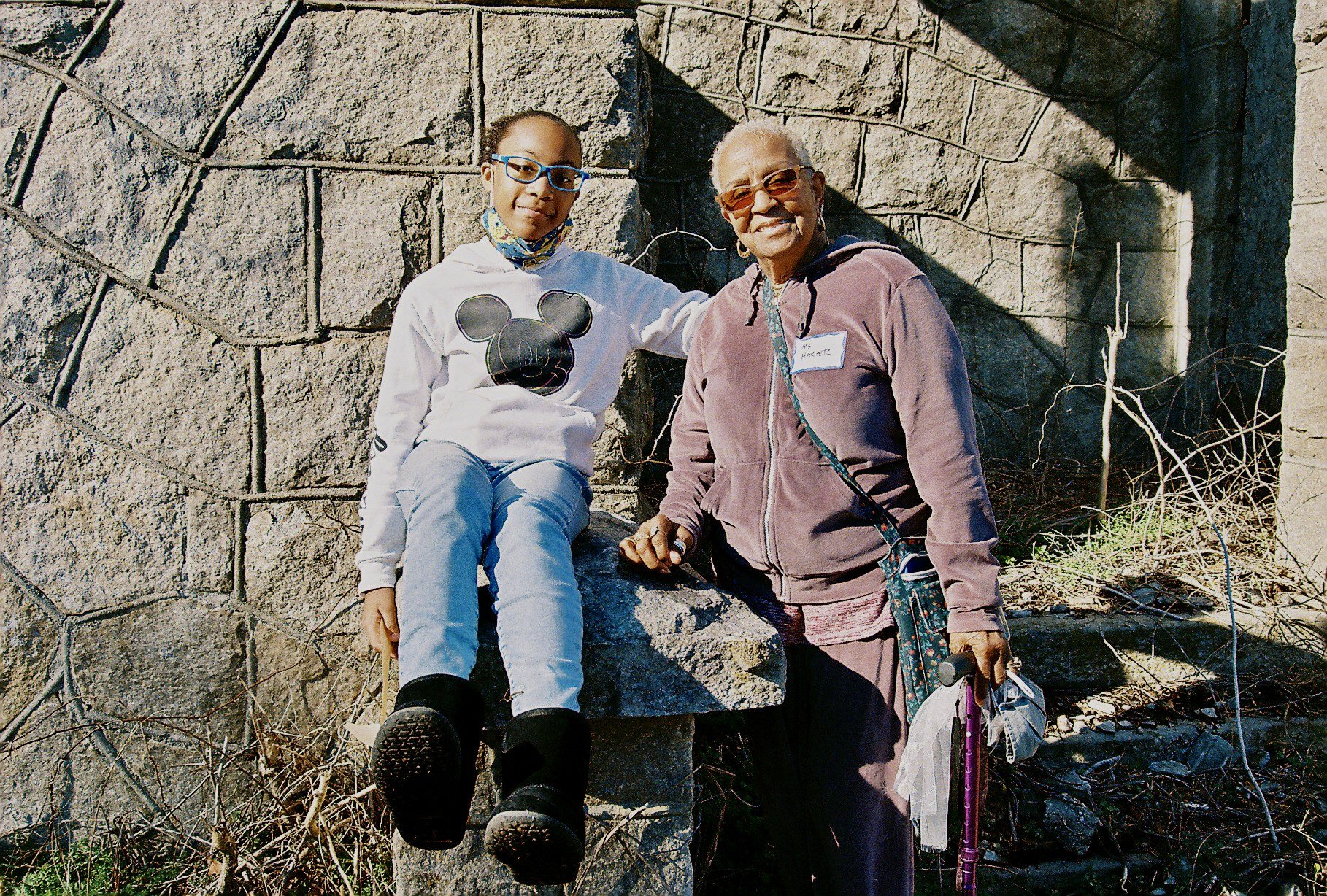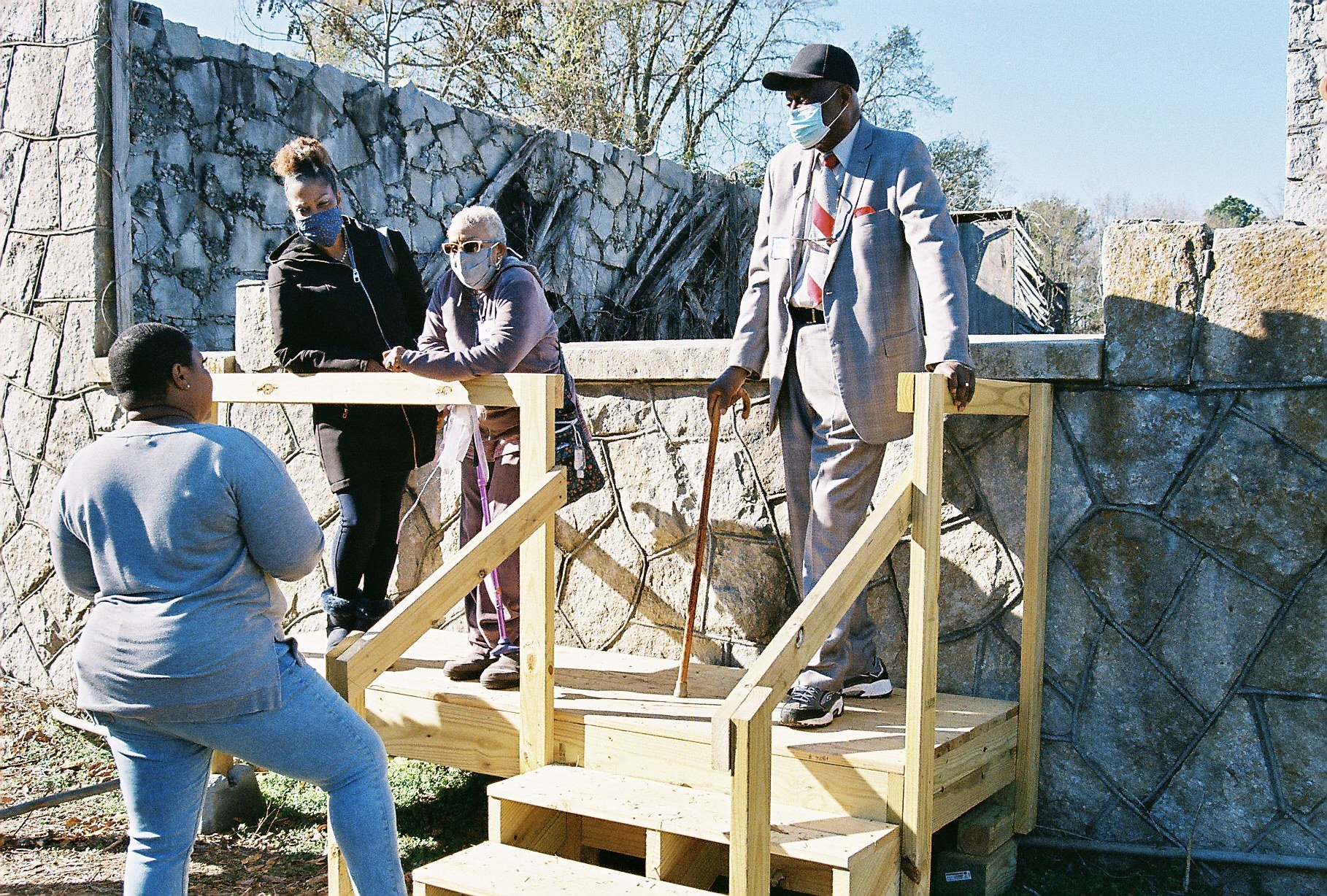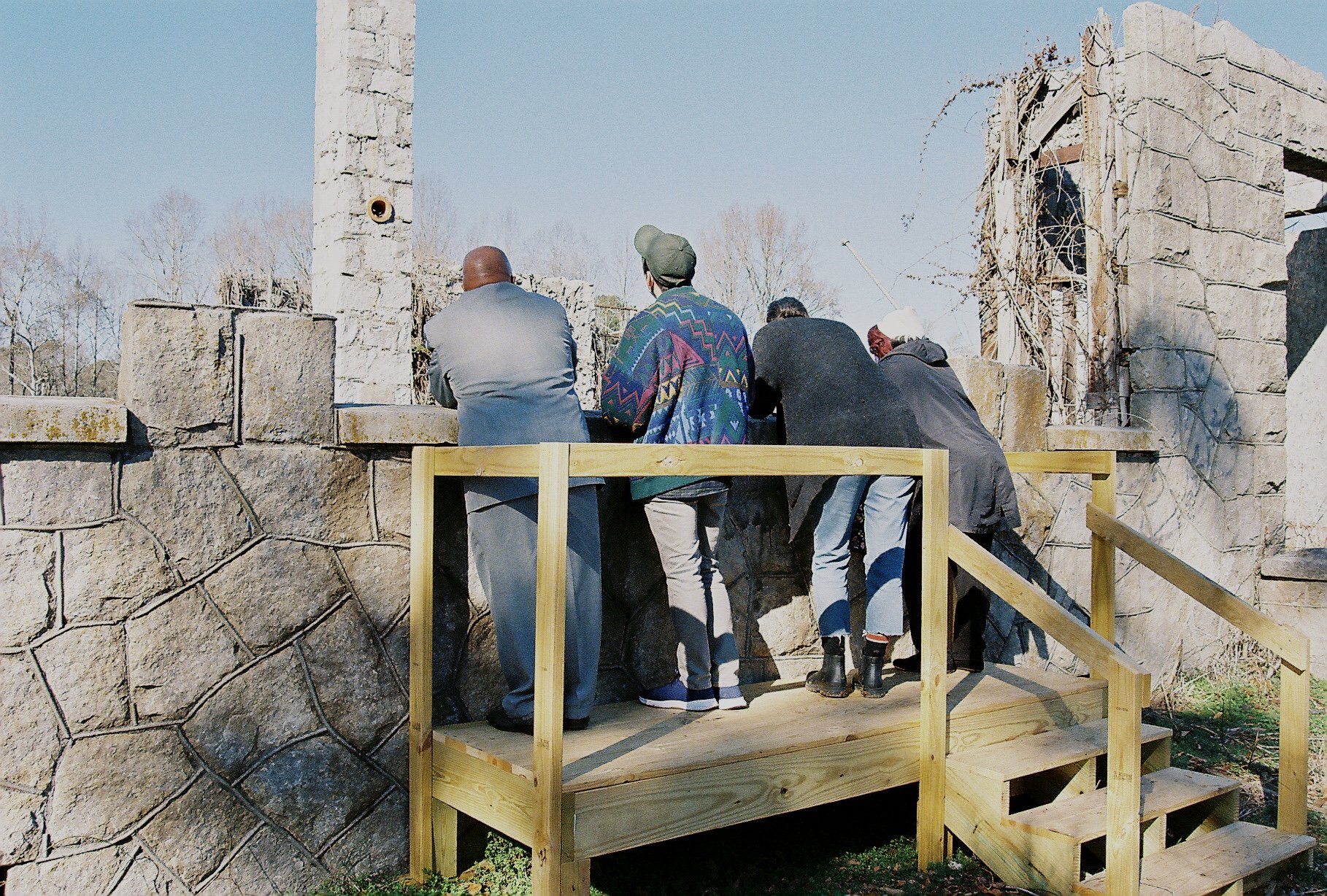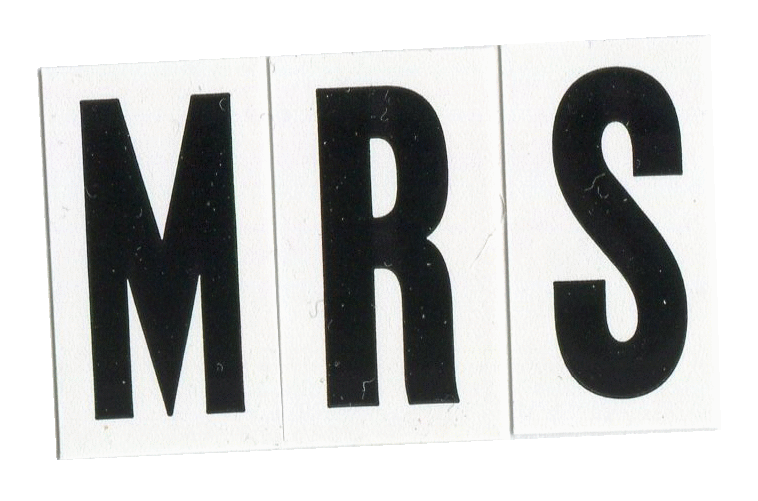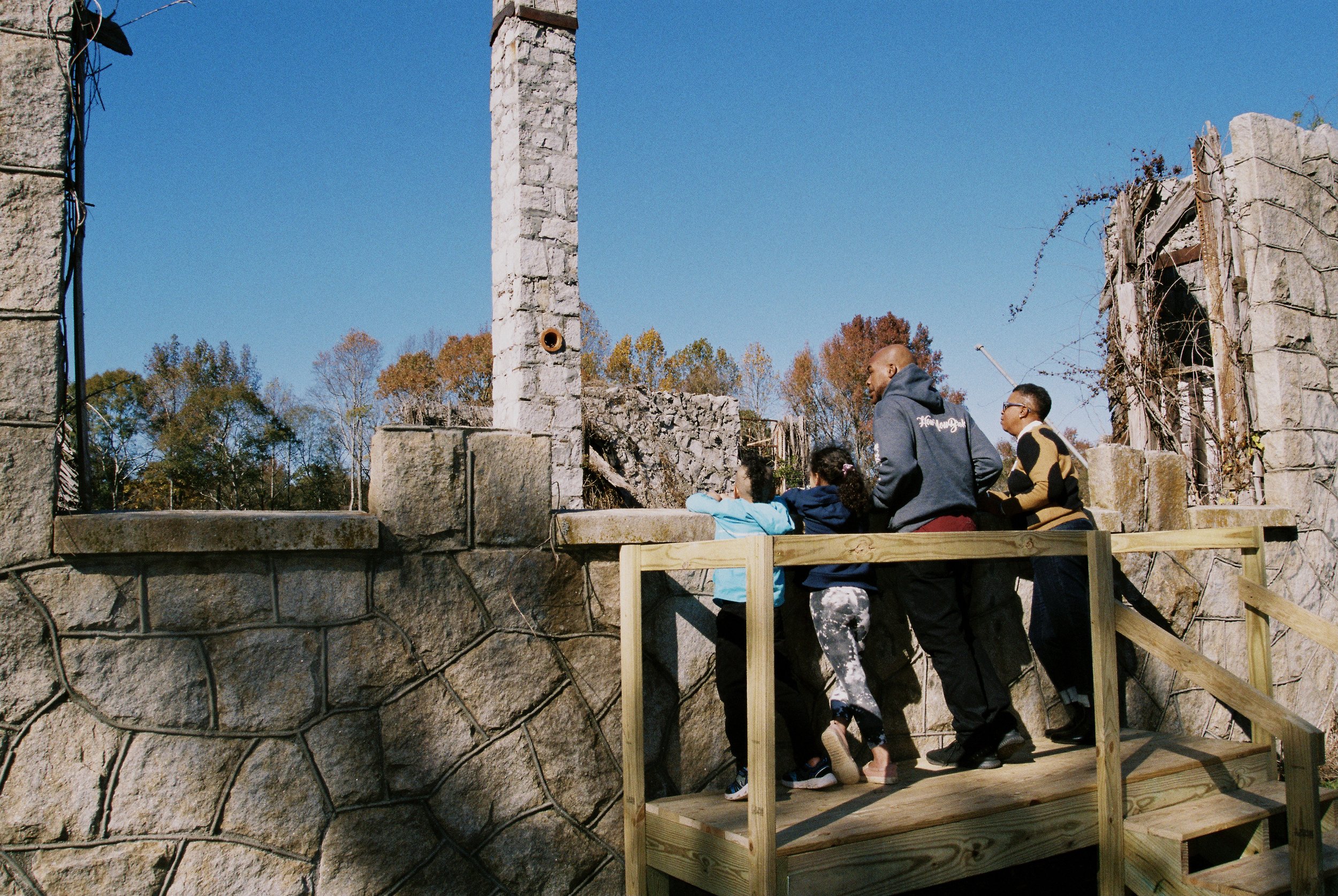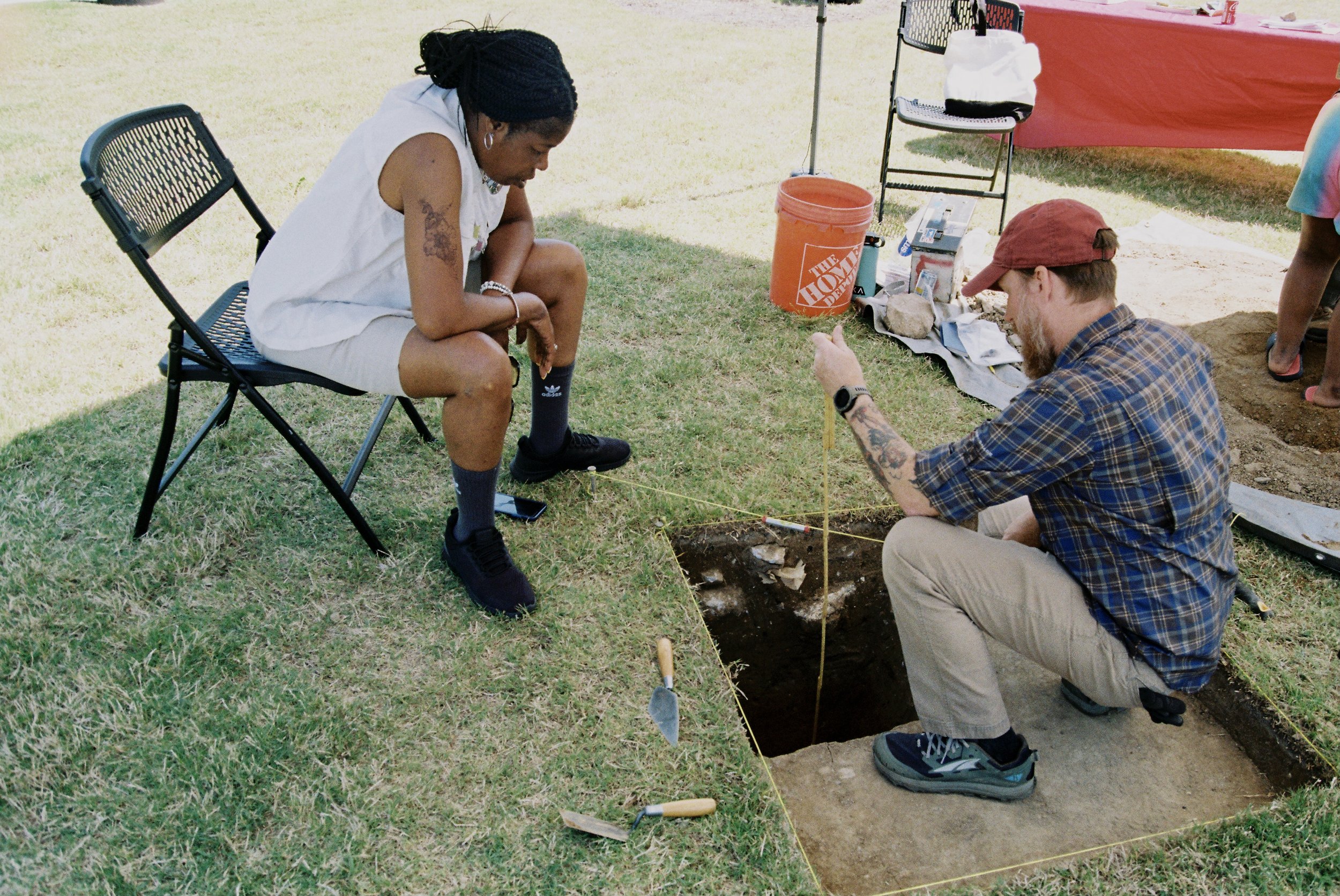Collaborators: MRS Team: Iman Person (artist), Anh-ton Tran (design researcher), Amy Landesberg (artist and architect), Scott Morris (architectural historian), Jennifer Martin (architect, interior designer and artist), and Carley Rickles (artist and landscape designer) / Arabia Mountain Heritage Area Alliance / DeKalb County / City of Lithonia / Photos by Talecia Tucker / Video documentation by David Naugle / Structural Engineering by Shear Structural
Concept: Honoring Black history led by the Bruce Street School community, Sensory Ethnography, Design Futures, Community Engaged Project
Time: Project began in fall 2021.
Place: Lithonia, Georgia
References: Arabia Mountain Heritage Area Alliance, Sensory Ethnography Lab, Design Futures, Cultural Probes (Bill Gaver, et al.), Monument Lab
Project Background
The ruins of the Bruce Street School (also known as the Lithonia Negro School) sit within the Lithonia Historic District about 20 miles east of Atlanta, GA. The 1938 building served as the first public school for African American students in DeKalb County. The School, constructed of locally-quarried granite gneiss, was built on six acres of pine-covered land which was purchased through community-raised funds. The Bruce Street School remained in use until 1955 when DeKalb County relocated the students to an International Style building across the street (now known to be an “equalization” school). Shortly thereafter the old building caught fire, leaving the stone walls exposed to ruin for the next 66+ years.
Today the Arabia Mountain Heritage Area Alliance is working in partnership with the City of Lithonia and DeKalb County to undertake a revitalization of the Bruce Street School ruins. In May 2021 the Alliance released a request for proposals, ultimately selecting the Martin Rickles Studio (MRS) team to shepherd the legacy of the Bruce Street School into a twenty-first century context. MRS will work with the Alliance, their partners, and the community to compose a conceptual plan for the future of the school and a telling of its history through a robust community engagement process.
The MRS Team
We have assembled a team which we believe is uniquely suited to handle this delicate and deeply meaningful process with precision, care, skill, and empathy. Our Design Team consists of individuals with professional backgrounds in urban design, landscape architecture, architecture, interior design, art, history, and research methodology. Collectively, we have experience with historic preservation, adaptive reuse and rehabilitation of historic structures, community engagement, participatory design, ecological landscape design, research, and creative practice.
Participatory Process
The MRS Team has planned six total public engagements to complete the conceptual design for the reactivation of the Historic Bruce Street School.
Events have included elements of sensory ethnography, oral history recording, design futures prompts, and activities aimed at inspiring reflection and imagining through drawing, writing, walking, and discussion.
Stay tuned for future events!
COMMUNITY ARCHAEOLOGY DAY
MRS and the AMHAA teamed up with archaeology firm, New South Associates, to conduct a citizen archaeology day with the Bruce Street Community. Community members screened for artifacts, and kept a field log to analyze found objects.
*
Through Making Impressions community members were asked to engage with the Historic Bruce Street School through their hands. Participants were asked to select a part of the Historic School that drew them in for any reason. They were given materials to make charcoal rubbings and clay impressions of the School’s surface. This activity informed the conceptual design of the school and created new bonds between community members who did not have a direct experience with the site. In addition, former students recalled on their memories with the school. Their impressions are catalogued below.

